Welcome to our grow light and plant growth blog - We make plants grow

Grolys for plant growth
Grow lights are essential for the growth and well-being of plants, especially when grown indoors or in areas with limited natural light. It's important to understand what types of grow lights are available and how to use them to optimise lighting.
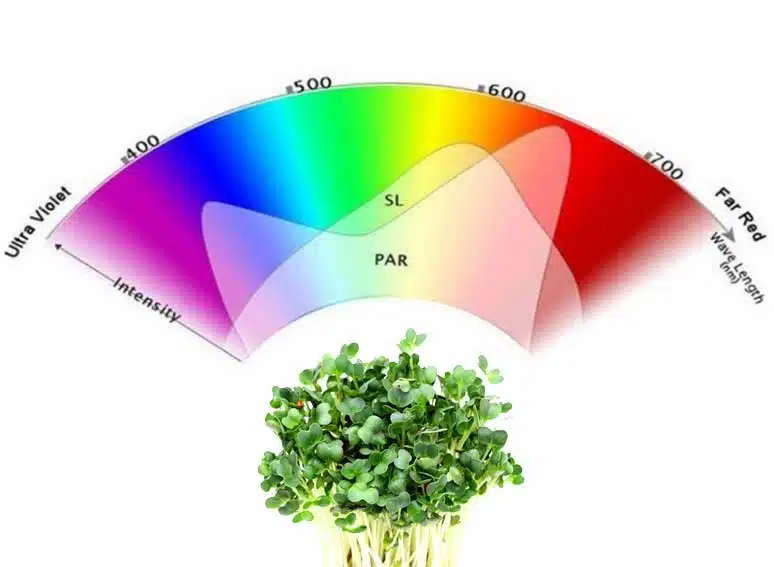
DLI (Daily Light Integral): Understand your plants' light needs
Light is one of the most important energy sources for plants. Adequate amount and duration of light favours photosynthesis and promotes plant growth. In summer, it is not
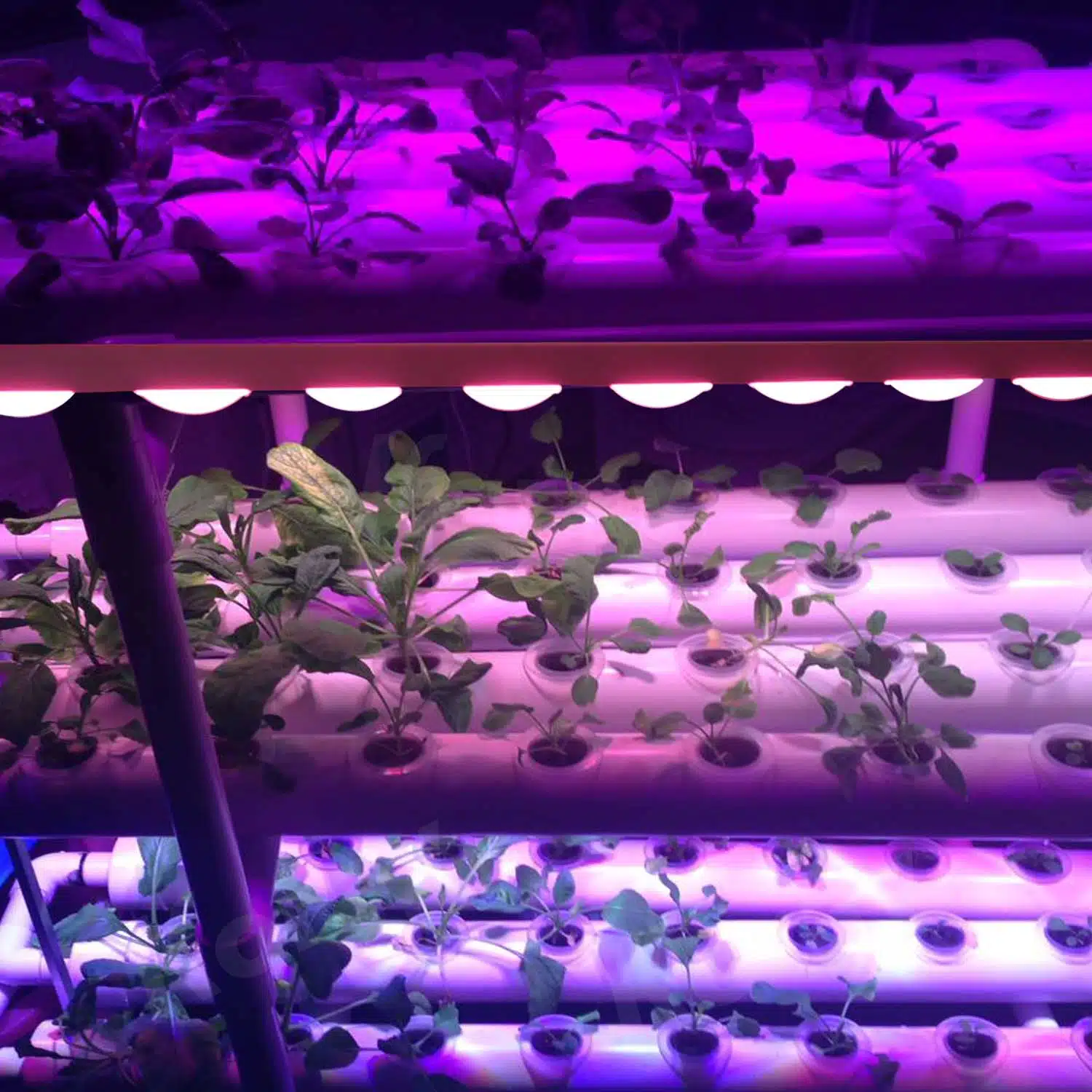
Grow lights for plants
Grow lights are extremely important to ensure proper plant growth. If your plants are never exposed to the amount and wavelength of light that they have
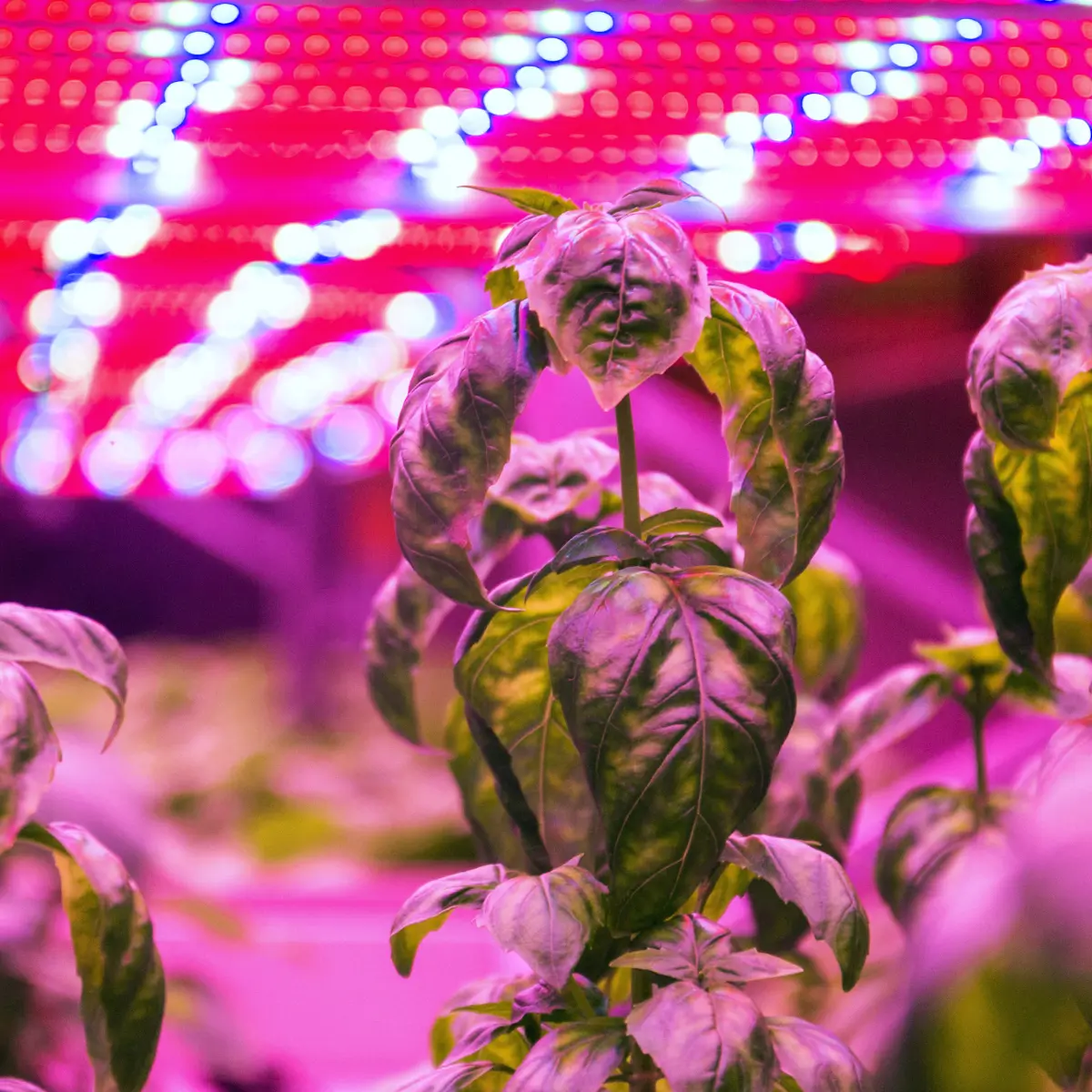
The best grow light lamps
Finding the best grow light isn't easy. But why use grow lights? Maybe you want to realise your dream of becoming a
Grolys – Alt du skal vide af fordele og ulemper
Denne artikel er for den ivrig planteelsker, som måske allerede hørt om grolys og dens betydning for planter, hvis ikke, så læs med og bliv
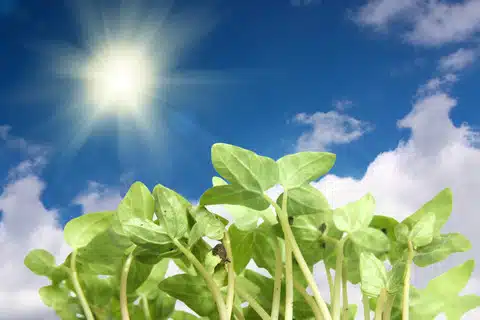
How much light should plants have?
How much light should plants have? It can be difficult to find out how much light all your different plants need in the living room
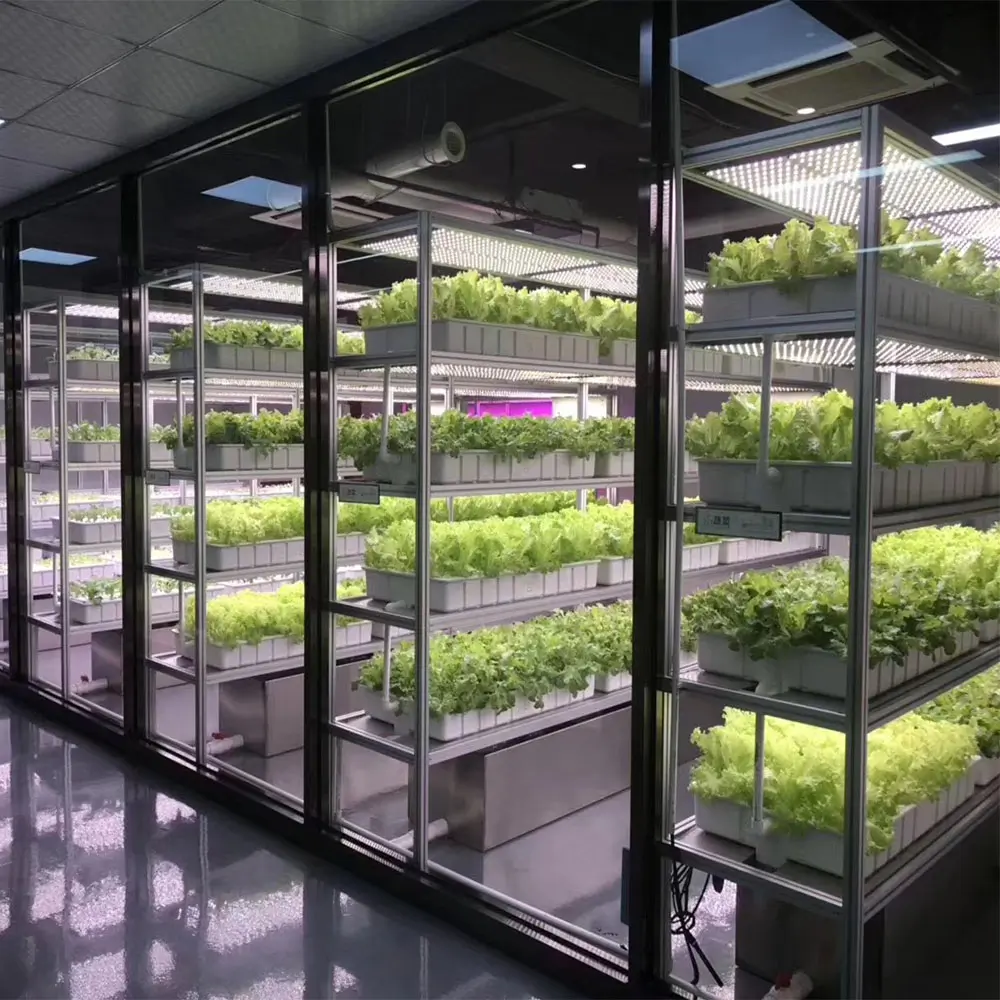
FAQ - Understanding grolys | 10+ concepts and terms
Worth knowing about plant growth lights Understand grow lights and all the terms If you have been researching which LED lamp to choose as
Grolys – Find det rigtige lys til dine planter
Er du en passioneret planteelsker? Har du nogensinde undret dig over, hvordan du kan optimere væksten og trivslen af dine planter? Svaret kan være lige
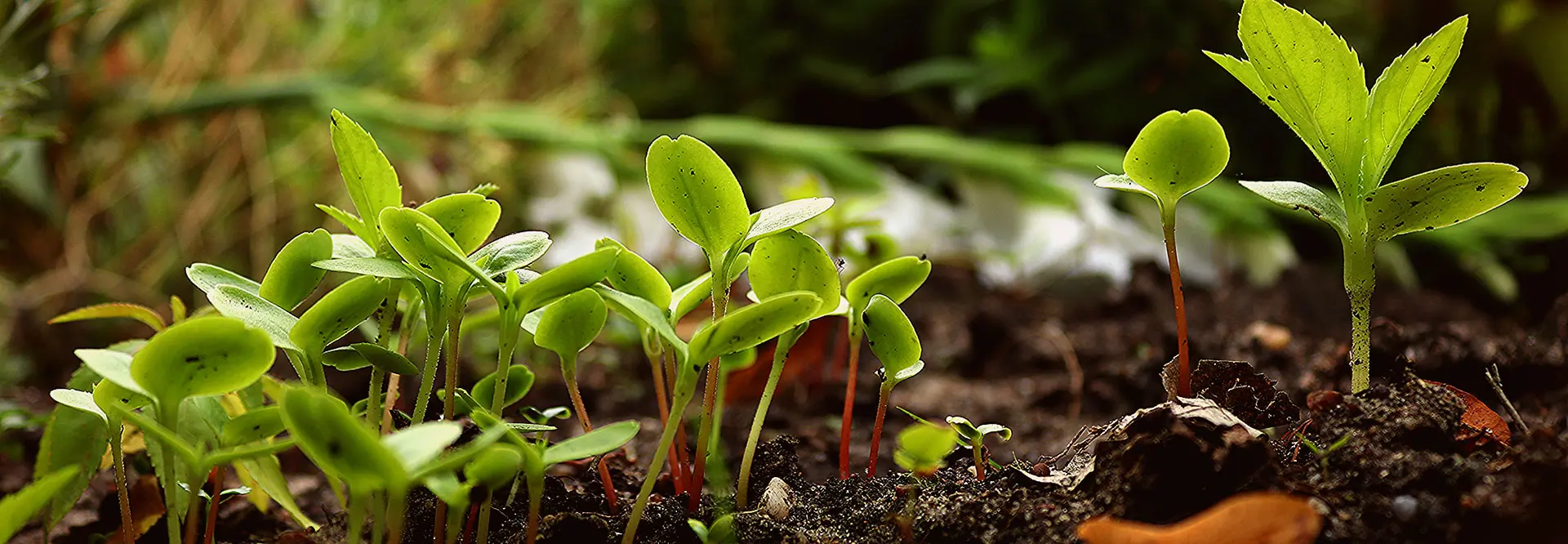
How many µmol/PPFD does my plant need to thrive?
How many μmol does my plant need to thrive? How do you measure the amount of light? What does my plant need? What does PPFD mean?
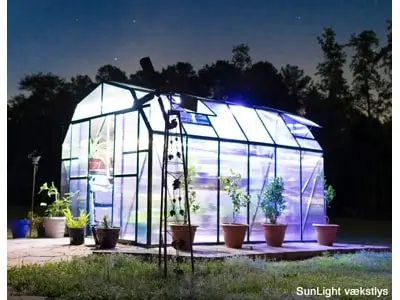
Plant lights for greenhouse or conservatory
Why choose grow lights for greenhouses or conservatories and orangeries? Greenhouse or conservatory and orangery grow lights are a must-have for those who want

What is photosynthesis?
Photosynthesis is a vital biological process that allows plants, algae and certain bacteria to convert sunlight or artificial light, water and carbon dioxide into glucose (a
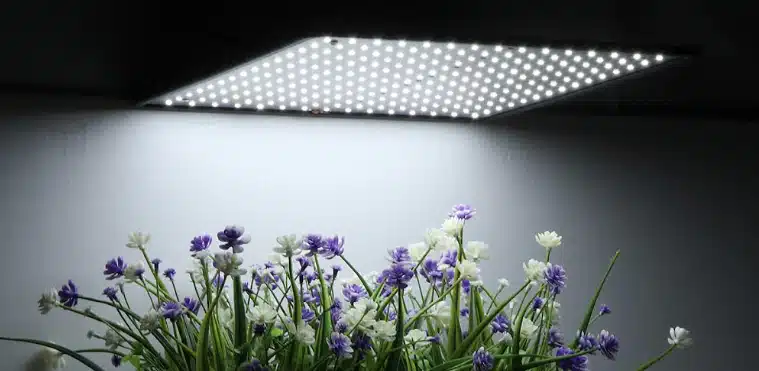
Grolys for beginners: An easy introduction
Hvis du er ny inden for planter og havebrug, er du måske stødt på termen ‘grolys‘. Men hvad er det, og hvordan bruger man det
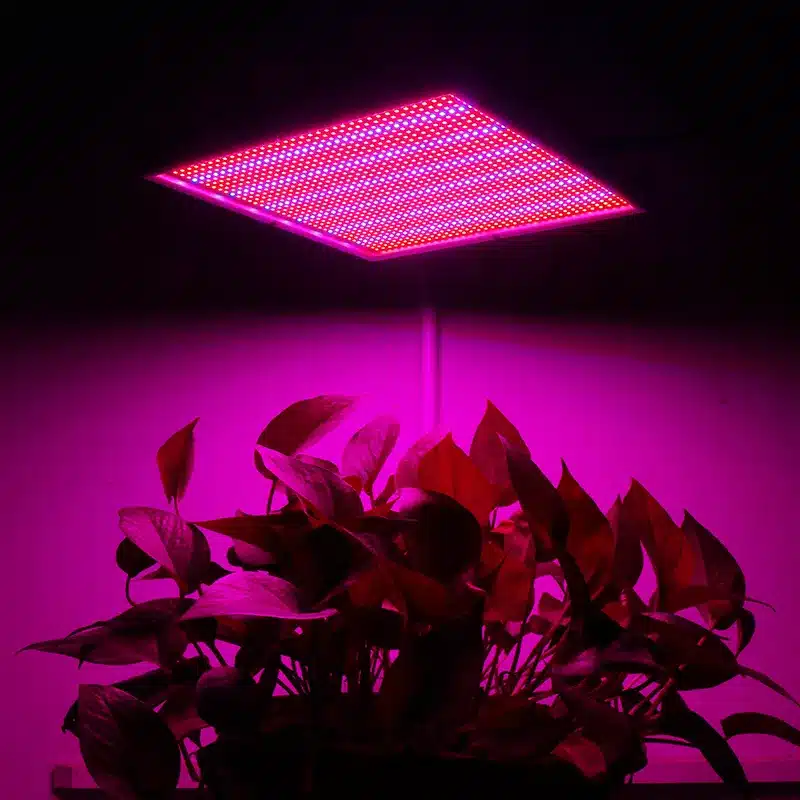
Hvilket vækstlys er bedst for planter at vokse i
Det bedste vækstlys for planter er sollys, men hvis solen mangler, er kunstigt lys, og her er et fuldspektrum hvidt vækstlys, det der ligner sollys
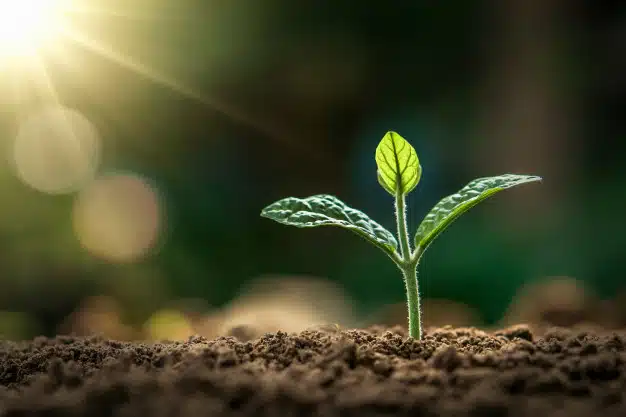
What is PAR and ePAR (µmol) green light?
If you've researched grow lights, you've probably been bombarded with various numbers and measurements that lamp manufacturers use to
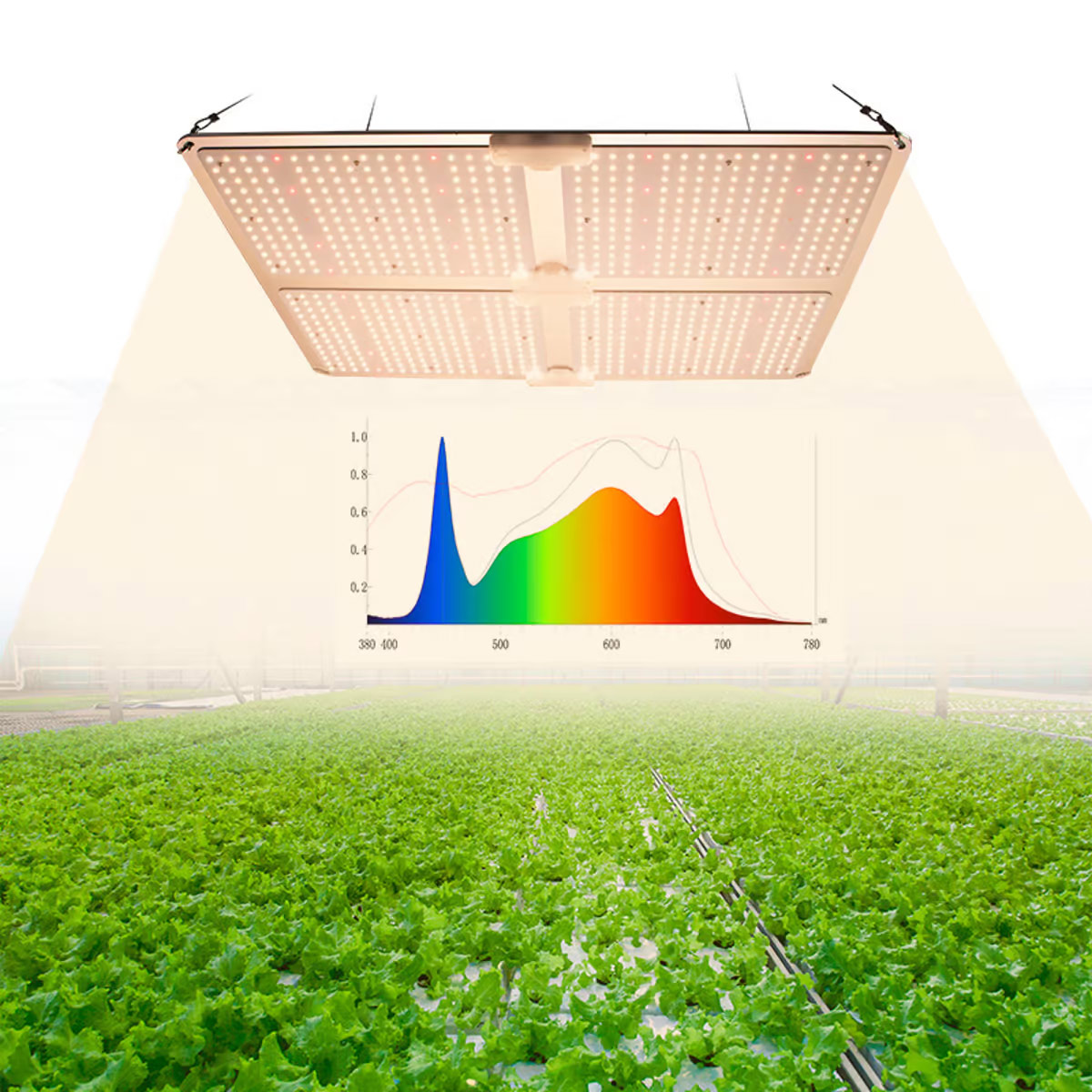
Dyrk Planter og urter med LED Lys: Den Ultimative Guide
Planter og urter er ikke længere bare en udendørs hobby. Takket være teknologisk innovation inden for belysning, har indendørs haver sprunget frem, som en mulighed
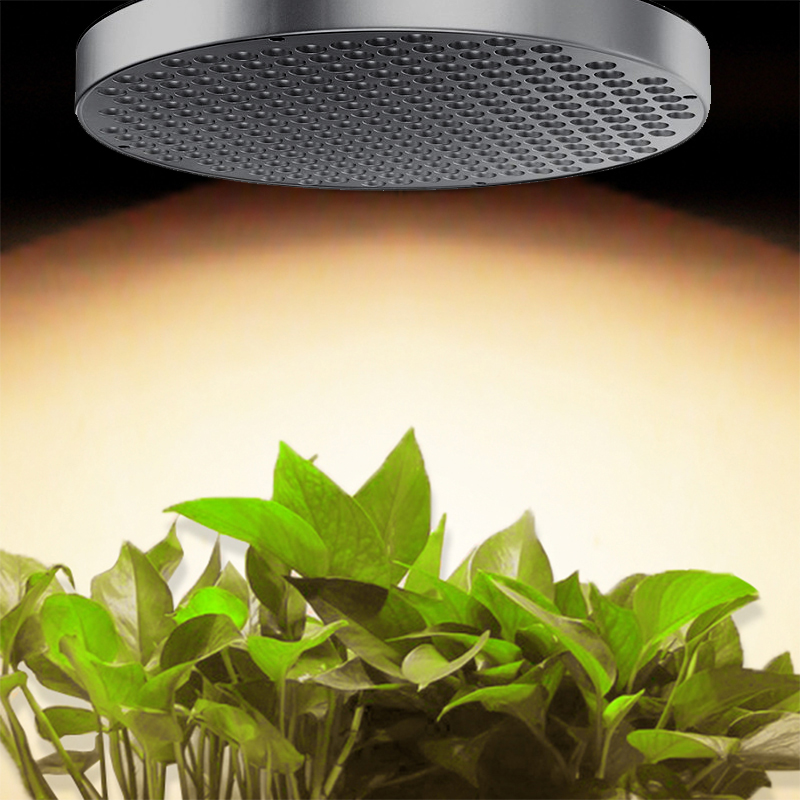
How long should Grolys be switched on
Plant grow lights have become an essential part of modern gardening, especially for those growing plants indoors or in areas with limited natural light.
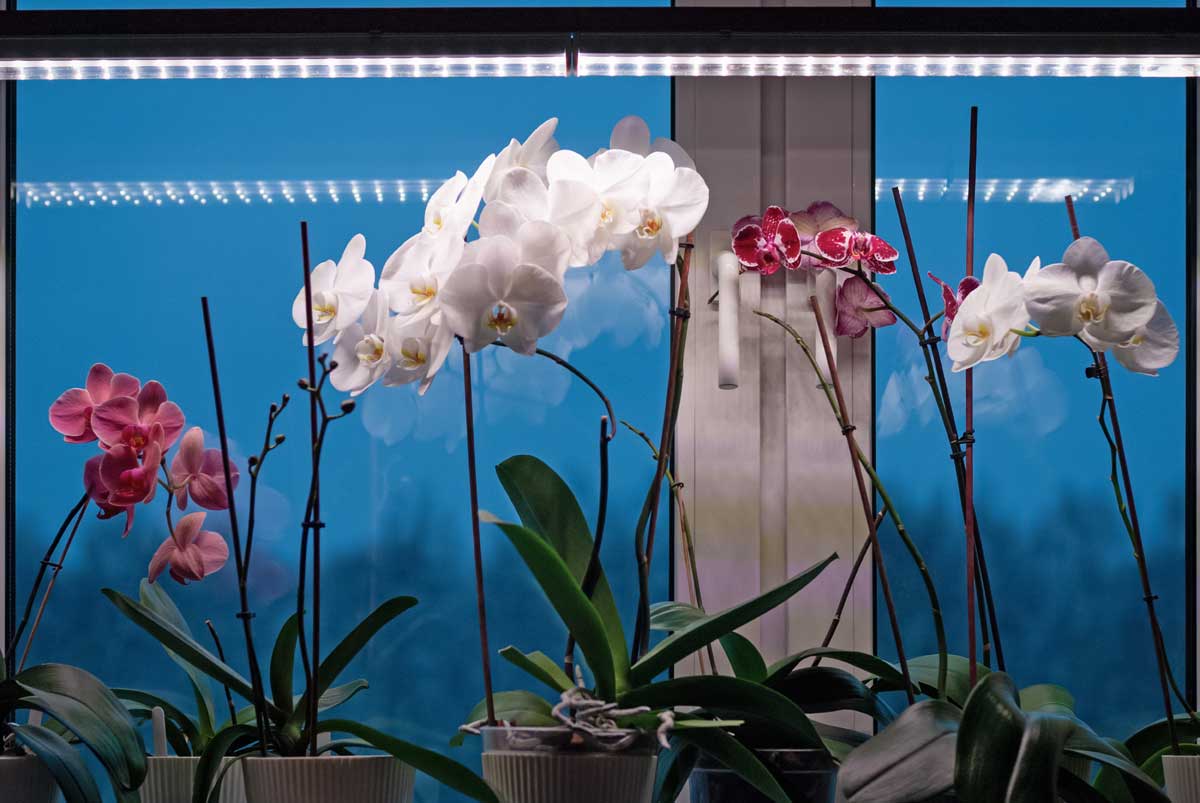
Grow Lights for Orchids: A Complete Guide to Artificial Light
Orchids are a fascinating and diverse group of plants known for their exotic beauty and seductive flowers. With over 25,000 species and more
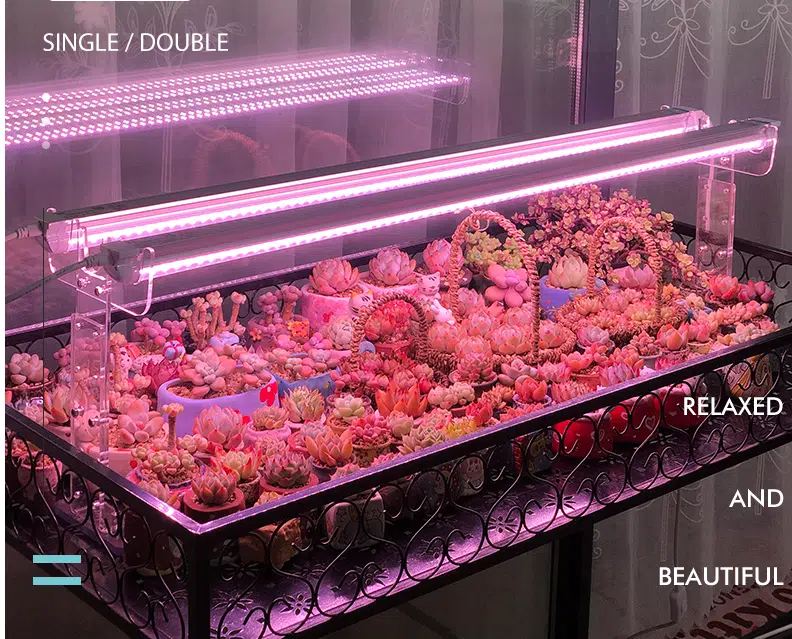
What is the best grow light for indoor pre-germination?
If you've recently researched the grow light market. You may have observed a wide range of artificial light sources (grow lights) for plants. These light sources are available

Microgreens - the healthy plants
Microgreens are small, tender plants that are grown by allowing them to germinate and grow for a few weeks before harvesting. They are high in nutrients and antioxidants and are therefore considered to be very healthy. A wide range of flavours and colours are available, including broccoli, red cabbage, sunflowers and basil. Microgreens can be used as a decorative detail on the plate and can be used to add an extra flavour to any dish. Additionally, microgreens are easy to grow and require minimal space
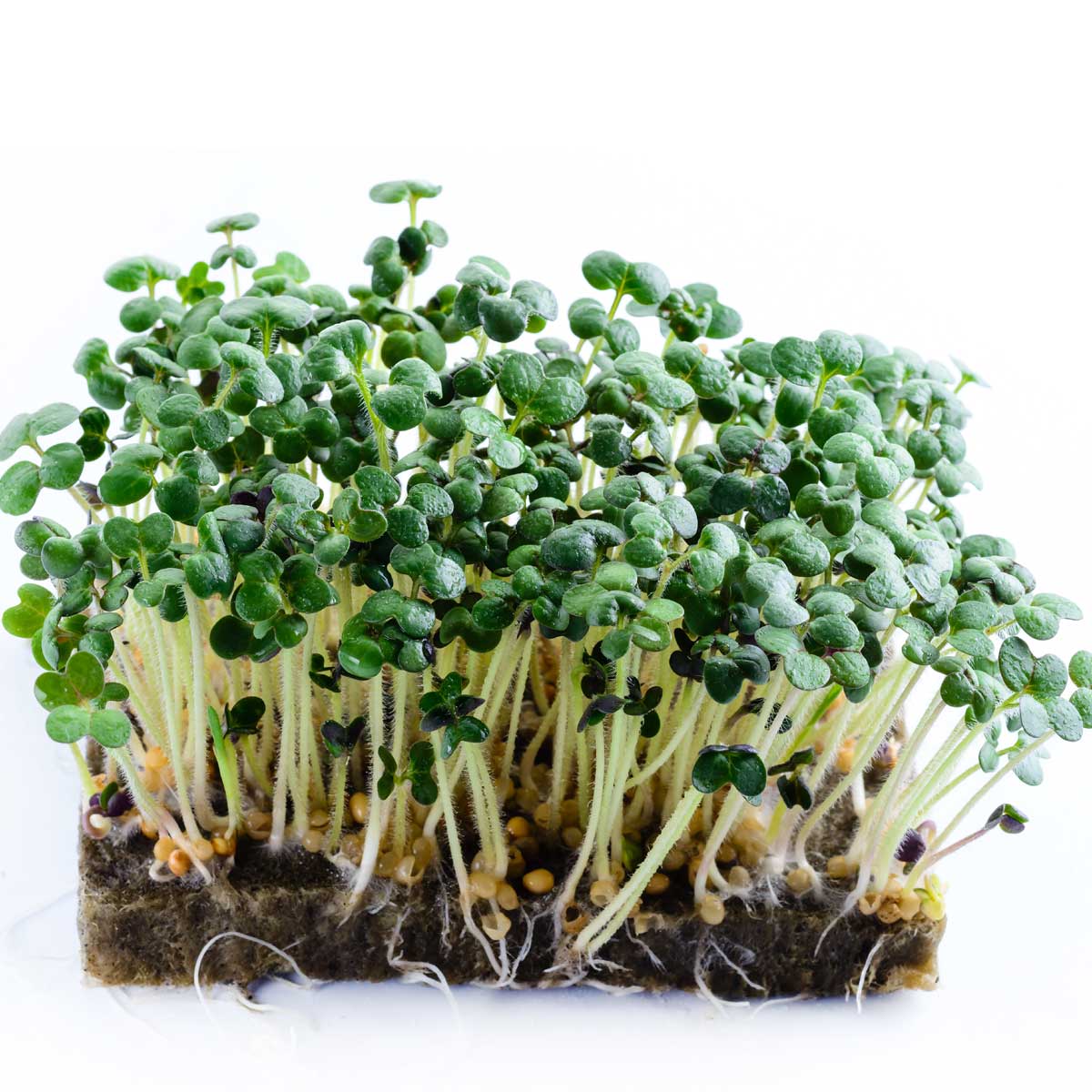
What is microgreens and is it healthy
Microgreens are more than just a culinary trend; they're a revolution in health and nutrition. But what exactly are microgreens? How do you grow

Microgreen growing - beginner's guide
Hvad er mikrogrønt? Dyrkning af mikrogrønt som også kaldes microgreen er små og nærende grøntsager, som kan dyrkes i en beholder eller i en bakke

Grow your own healthy Wheatgrass
Introduction to wheatgrass Wheatgrass is an incredibly nutritious plant that has become a staple in the diets of health-conscious people around the world. In this article, we will
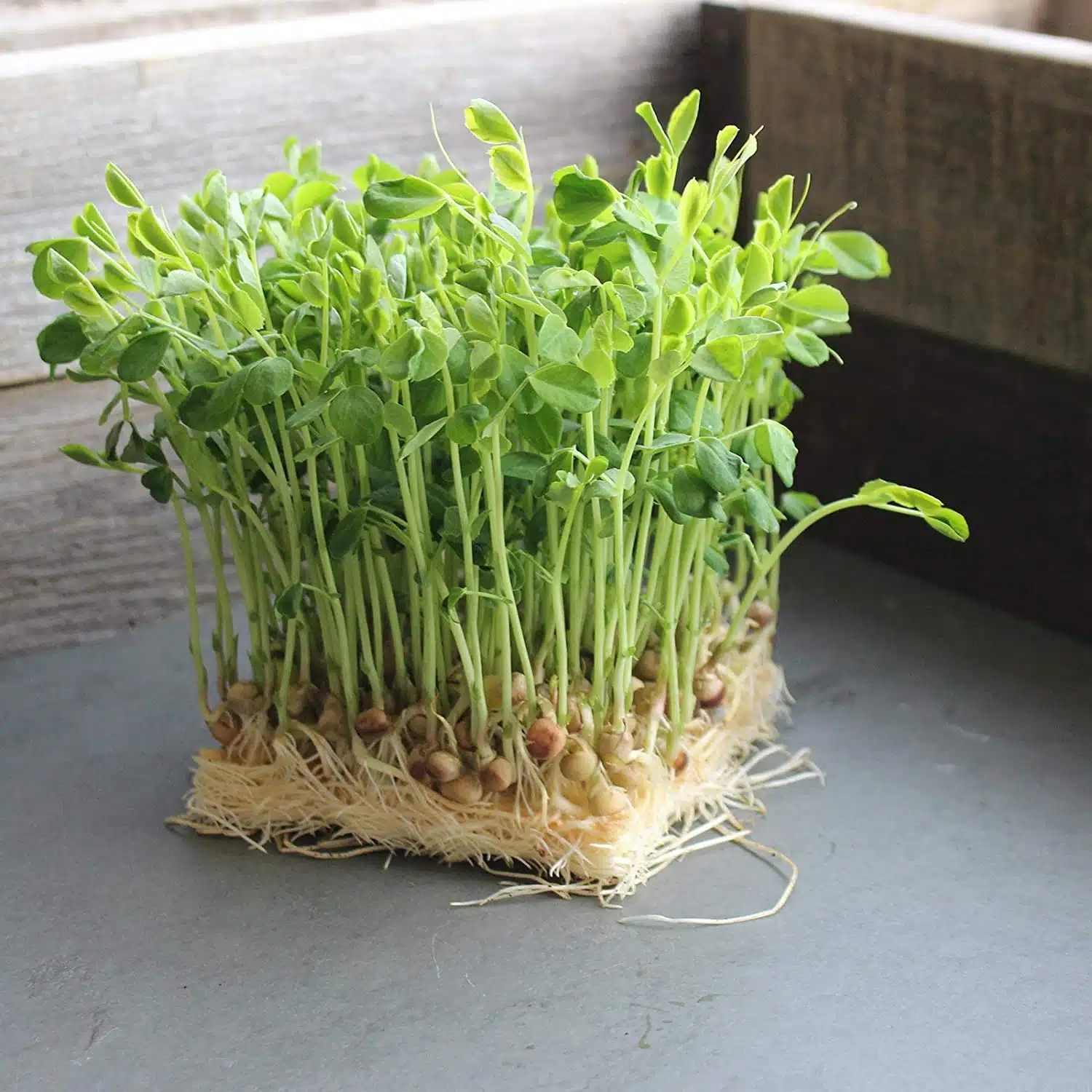
Growing pea shoots - A guide to greener living
Are you tired of buying expensive vegetables at the supermarket? Thinking about starting to grow your own pea shoots? Then you've come to the
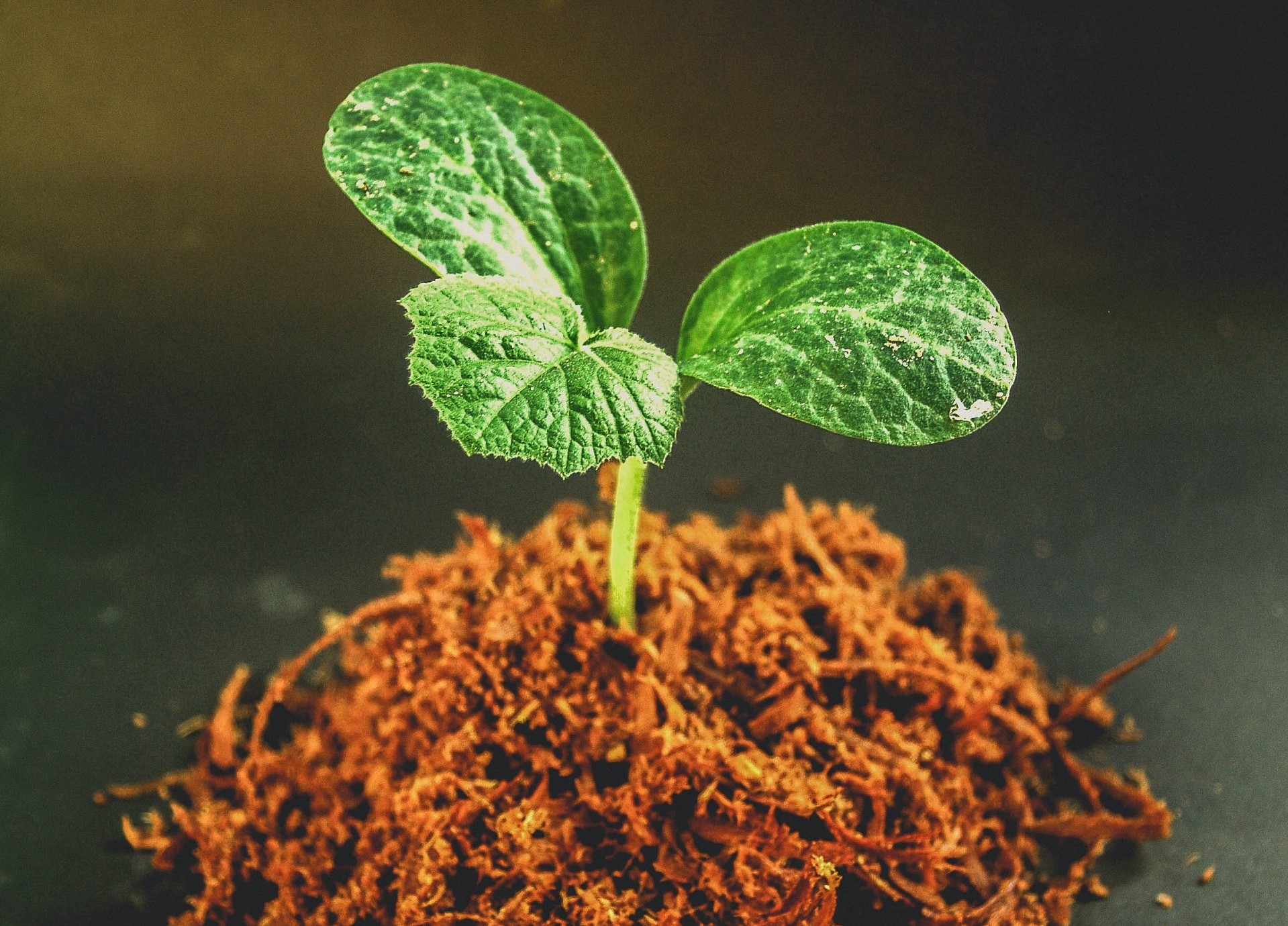
What is the best soil for microgreen growing
By choosing the right soil for microgreens, you can improve your cultivation of these impressive plants that are true superfoods. Too few people
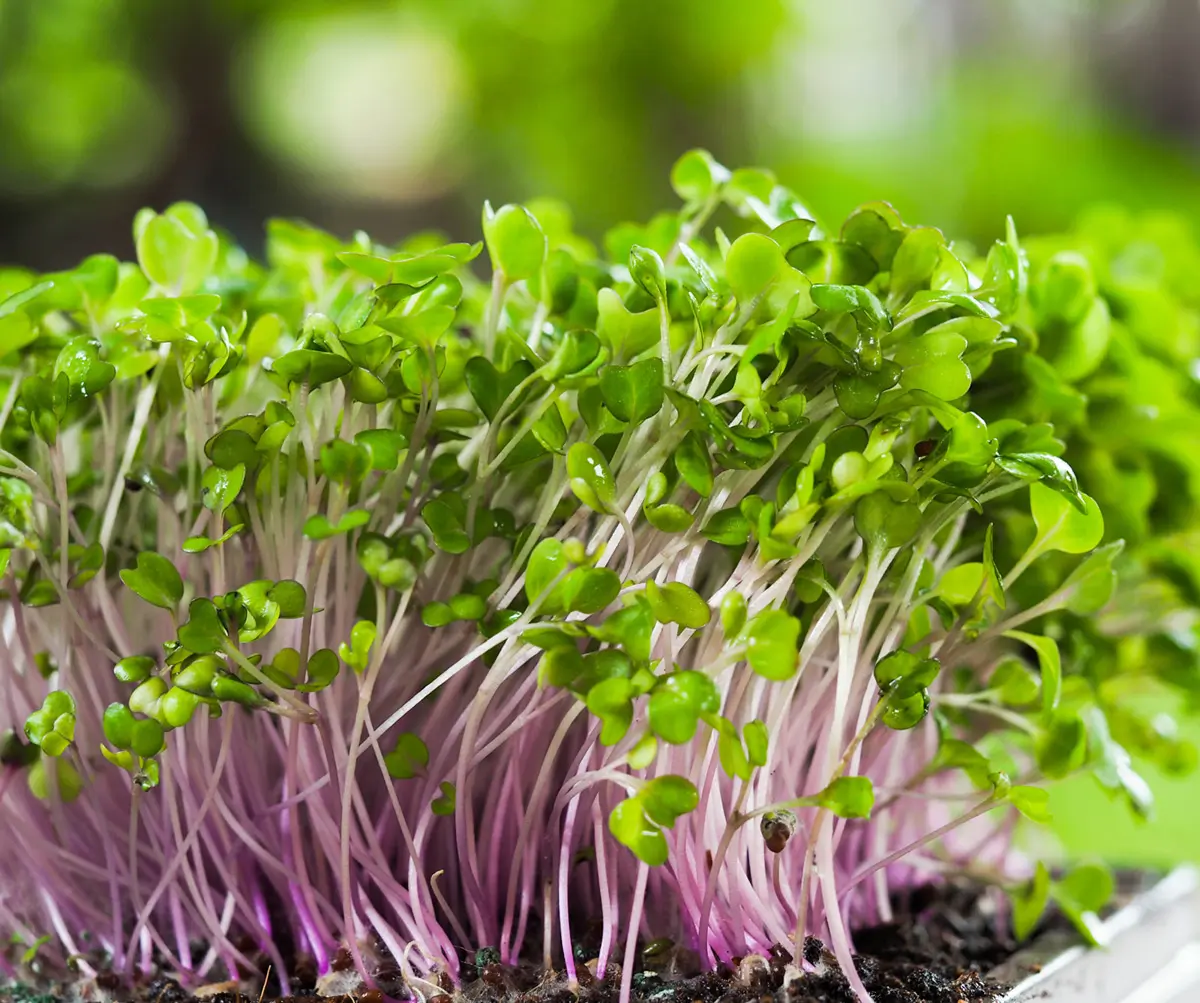
Microgreen growing guide - how to succeed with microgreens
How to Grow Microgreens Microgreen Growing Guide: This guide shows you how to start your own small microgreen garden at home, guiding you through the
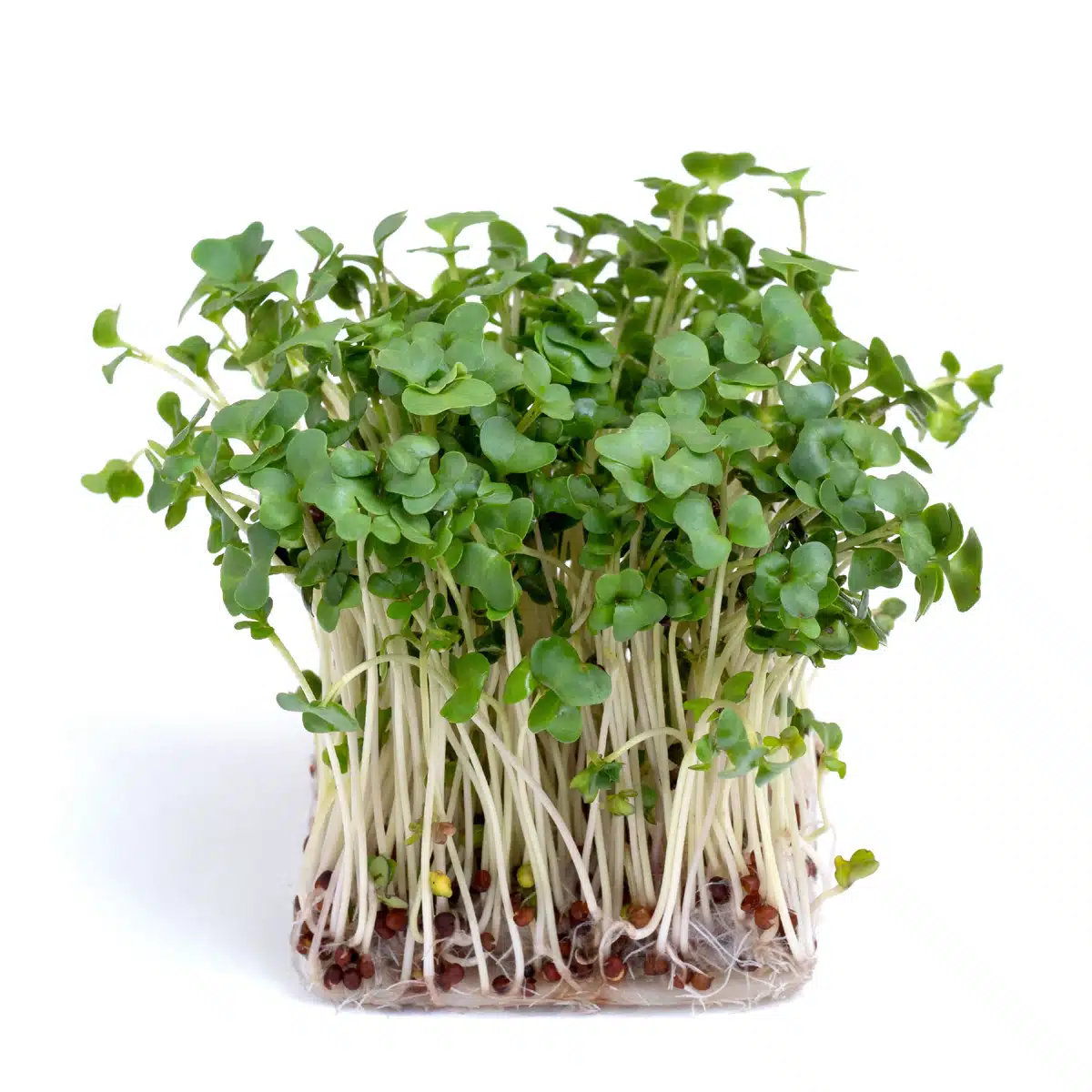
Microgreen seeds: Find the 10 best for indoor growing
Microgreens are a great way to add extra nutrients and flavour to your diet. Its popularity has increased among professional chefs and those who grow
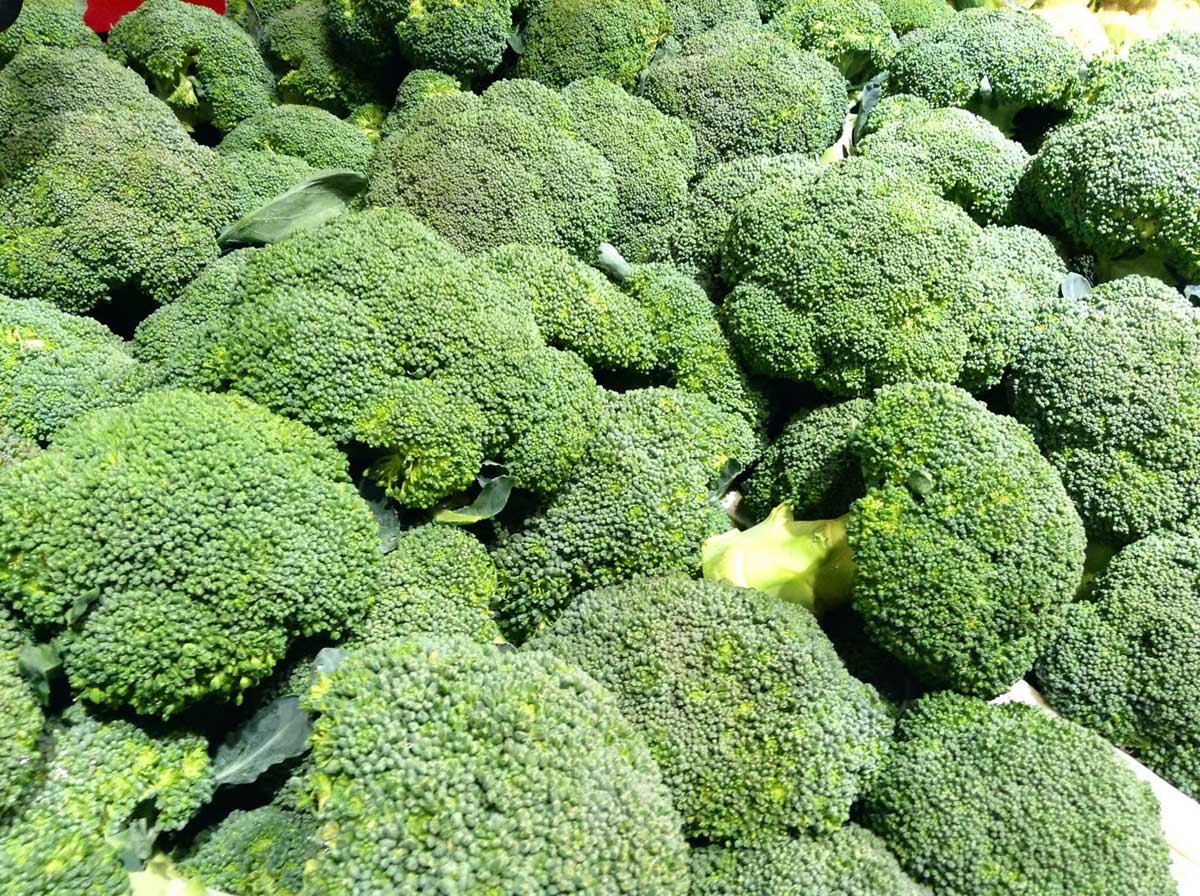
Why is broccoli healthy and what types are there
Broccoli is bursting with vitamins such as vitamin C, vitamin K, and vitamin A which are good for your immune system and bones, and has antioxidants that can protect against

Grow your own sprouts
Growing your own sprouts is an easy and fun way to get fresh and healthy veg on the table all year round. Sprouts can be grown in small sprout jars or sprout trays at home and require minimal space and time. There are many different types of sprouts to choose from and they are known to be packed with nutrients and antioxidants. It's a great way to ensure fresh produce and get more greens into your diet.
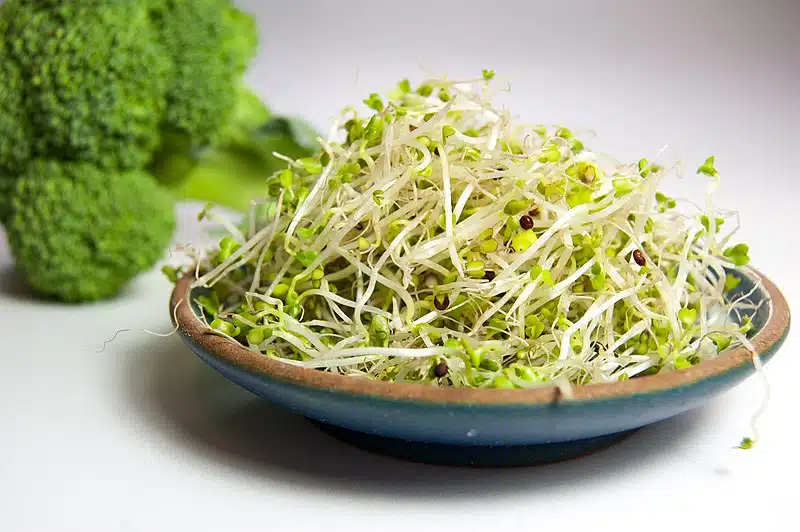
How to grow broccoli sprouts - superfood
Broccoli is an incredibly nutritious vegetable that is loved by many for its health benefits. Did you know that you can grow your own
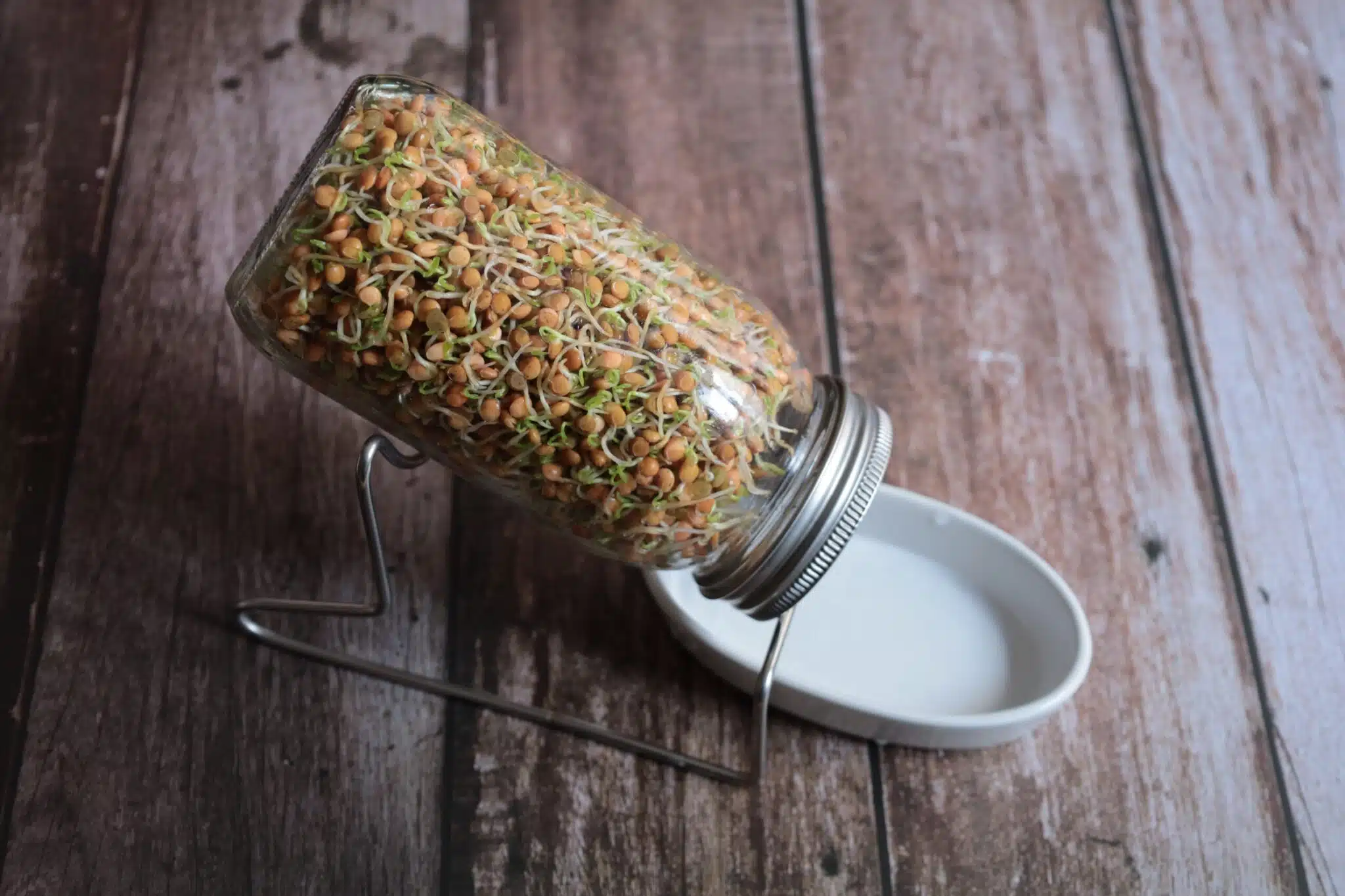
Lentil sprouts - How to make your own delicious sprouts
It's no secret that a well-balanced diet is the foundation of good health. Have you ever considered taking your nutrition to the next level

How to grow delicious alfalfa sprouts at home
Alfalfa sprouts are a nutritious and flavourful addition to any dish. From salads to sandwiches. The tiny sprouts are packed with protein,
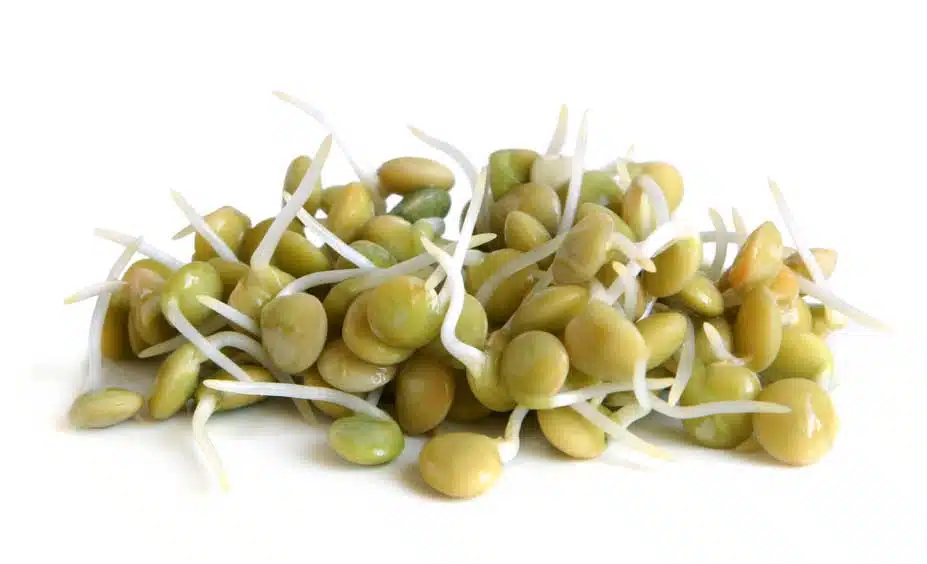
Bean sprouts - How to grow delicious and healthy sprouts
Bean sprouts are a great addition to your food. They are packed with nutrients and make a great topping for salads and other dishes. Growing bean sprouts
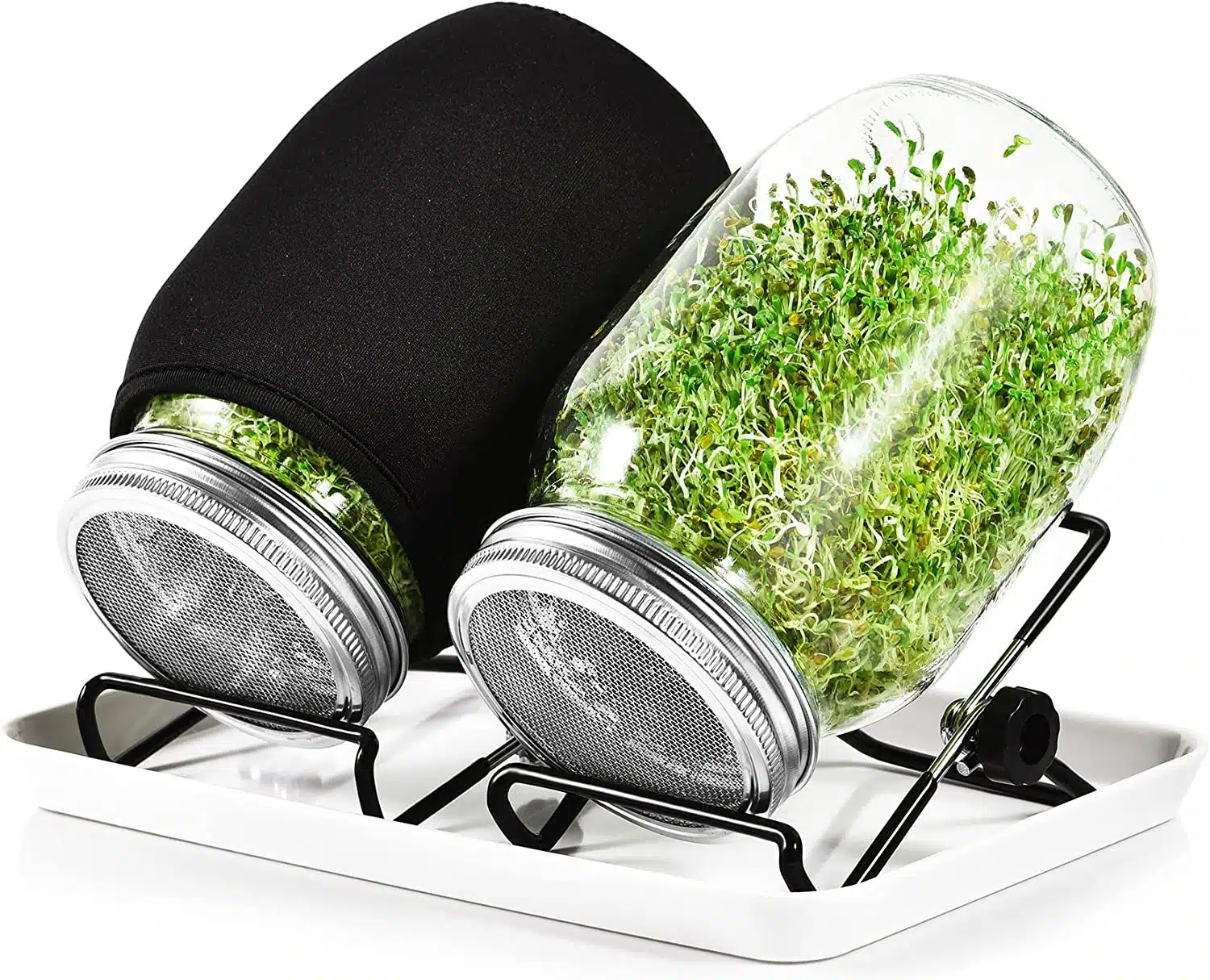
How to get started with sprout glass
Growing sprouts in sprouting jars is a great way to add nutrition and freshness to your meals. It requires minimal space, is economical and can

Get an early start on pre-germination
Pre-germinating plants indoors is a popular method among gardening enthusiasts and can offer many benefits. Grolys are essential for plants to develop optimally as they receive the necessary amount of light. Seed trays are a convenient way to sow seeds and provide a good overview of which seeds have been sown. Heating mats ensures that the soil stays warm and moist so that seeds can germinate quickly and healthily.
Coconut fibre is a sustainable and environmentally friendly substitute for regular seed soil, ensuring good water drainage and aeration for the roots. Seed soil contains essential nutrients that are necessary for optimal plant growth. A mini greenhouse can also be beneficial as it creates a warm and humid atmosphere that provides the optimal conditions for germination and growth.
The benefits of sowing plants indoors include the ability to extend the growing season, allowing for an earlier harvest. It also gives you more control over growing and you can get more plants from the same amount of seeds. Pre-germination indoors is also a great way to ensure healthier and stronger plants as you can control conditions and avoid pests and diseases.
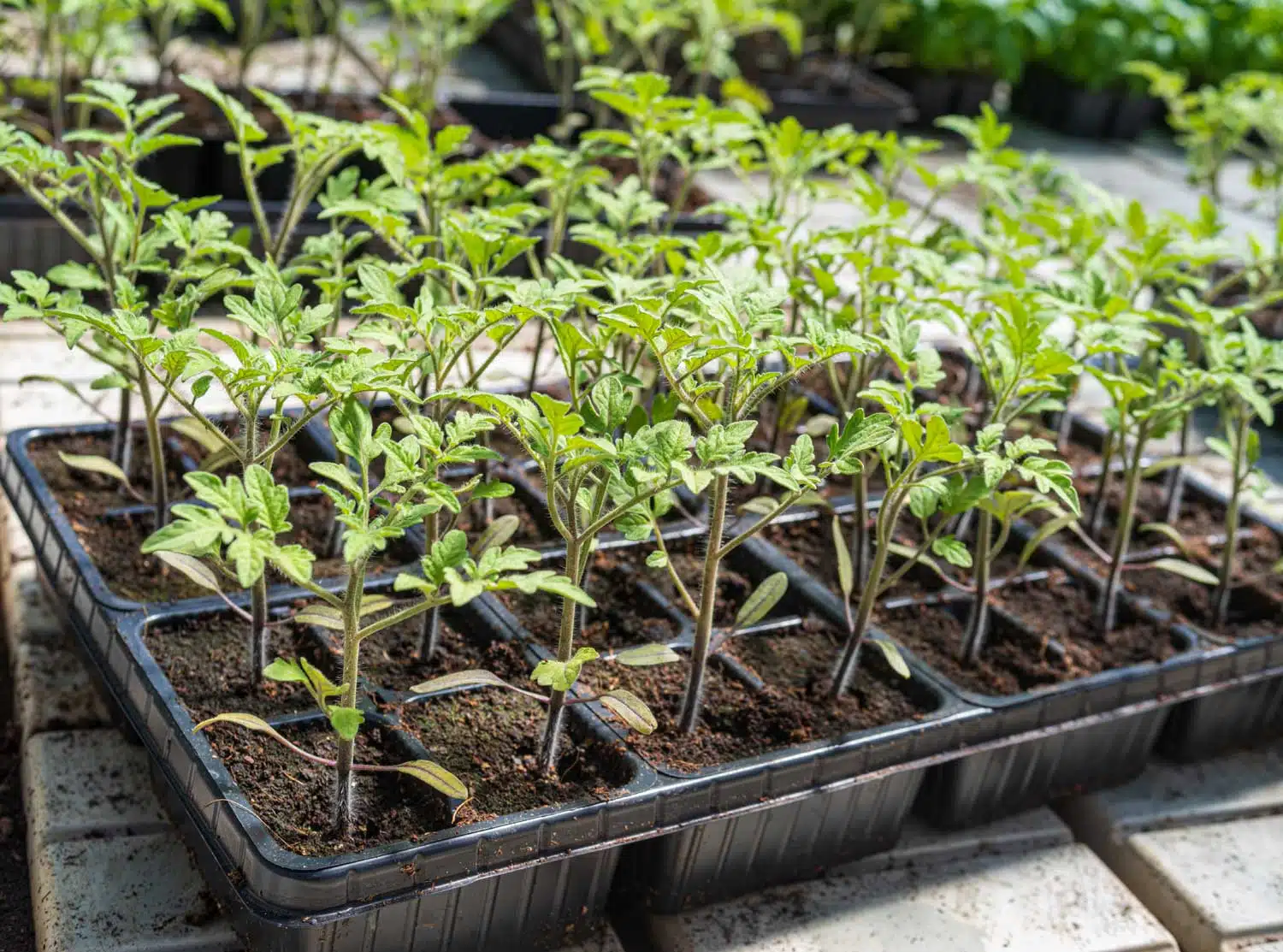
How to pre-sprout tomatoes: 5 Step Guide
Are you completely green when it comes to growing your own tomato plants and want to learn how to get tomato seeds to germinate
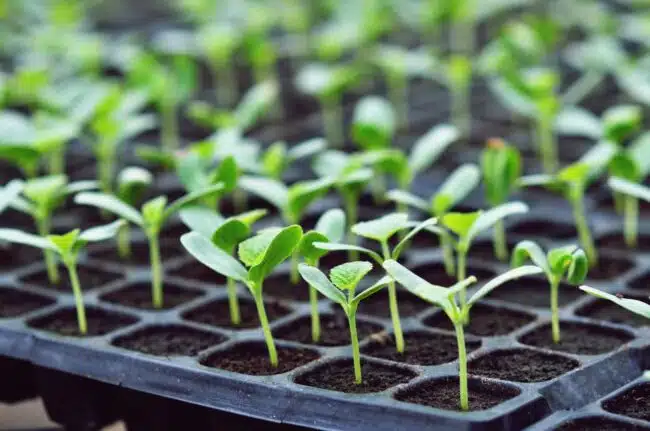
Pre-germination in seed trays - your guide
What is a seed tray? A germination tray is a type of tray. Specifically designed to pre-germinate seeds, it is a type of pre-germination setup.

What is the best grow light for indoor pre-germination?
If you've recently researched the grow light market. You may have observed a wide range of artificial light sources (grow lights) for plants. These light sources are available

Pre-germination: The essential guide to pre-germinating plants
Plants play an important role in our everyday lives and can bring life and colour into our homes. How to start growing your own

Winterising plants
Overwintering citrus trees, chilli, olive trees and other exotic plants can be a challenge in the Danish climate. One way to overwinter them is to move them indoors, where the temperature is more stable and there is less risk of frost damage.
It's important to place the plants in a location with a good supply of light and air, and avoid placing them close to radiators or other heat sources. Plants should also be given the right amount of water and fertiliser, even if they don't grow as fast as in summer.
Citrus and olive trees can also be pruned in autumn before moving indoors. This can help reduce their size and make them fit better in the space, while also stimulating new growth.
It's also a good idea to keep an eye out for pests and diseases, as indoor plants are often more susceptible to these than outdoor plants. You may want to treat plants with insecticides or fungicides if necessary.
Overall, overwintering exotic plants is a challenge, but with the right care and attention, you can extend the life and growth of these beautiful and unique plants.
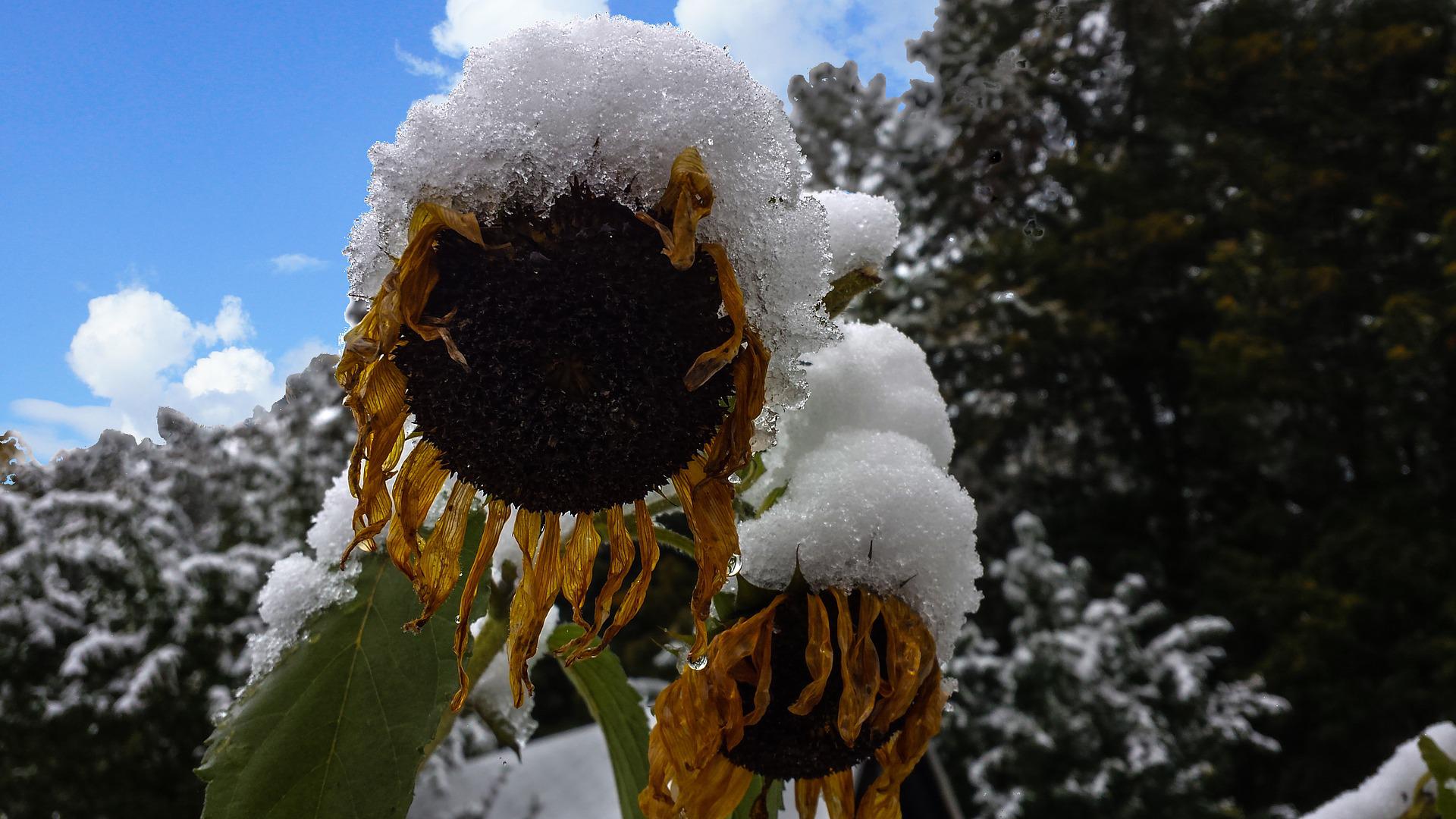
Winterising plants | The 3 main methods
Winterising plants | What you should be aware of Winterising plants is by no means an easy discipline. However, it is absolutely necessary to learn if you want to
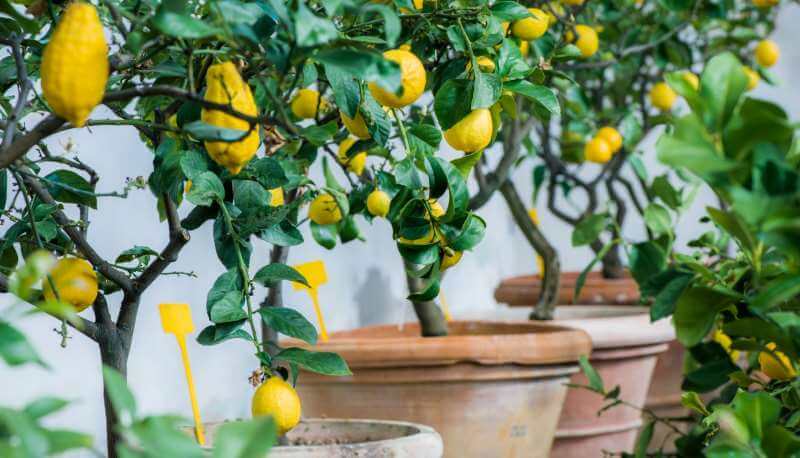
Winterising lemon and other citrus trees
A lemon tree is one of the most sought-after trees in Denmark. Perhaps this is because the tree gives the feeling of warmer climes. The lemon tree does well in the bright, hot Danish summer. However
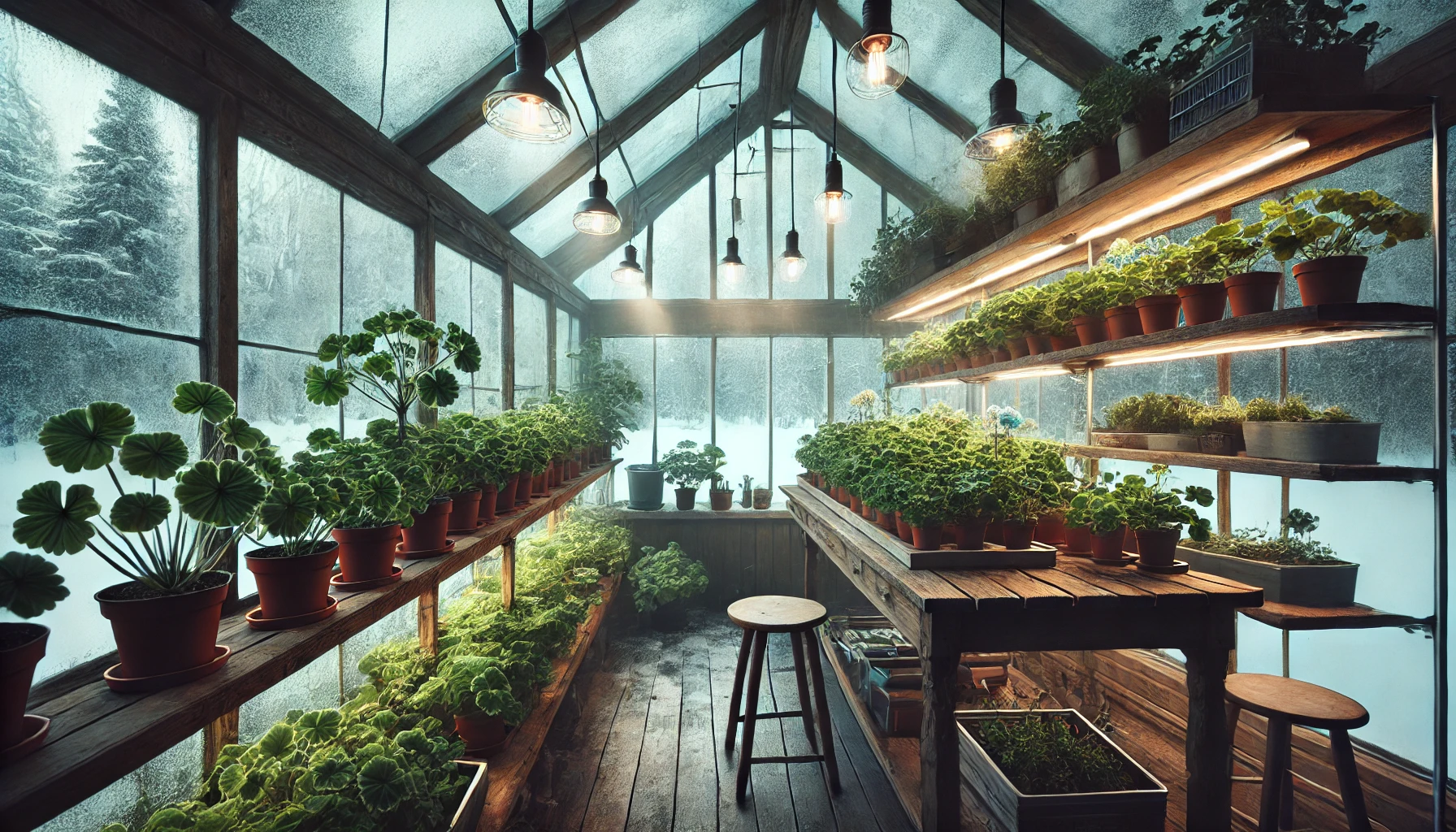
How to overwinter geraniums (Geraniums)
Would you like to overwinter your geraniums and ensure they thrive and flower year after year? This can be a good idea, as geraniums that survive the winter often grow bigger,
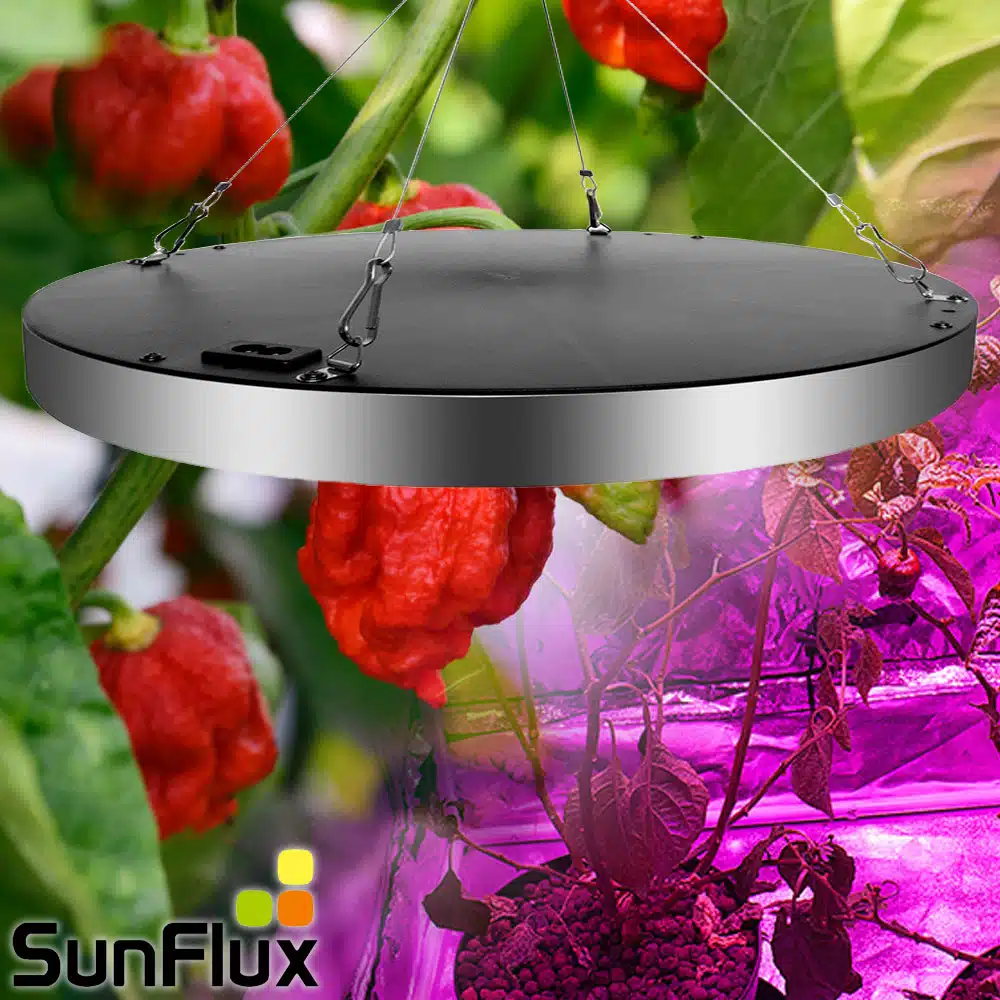
Wintering of chili plants
Overwintering chilli plants has several advantages and one obvious one is that you save time replanting seeds from scratch every year, which can often be time-consuming. With a
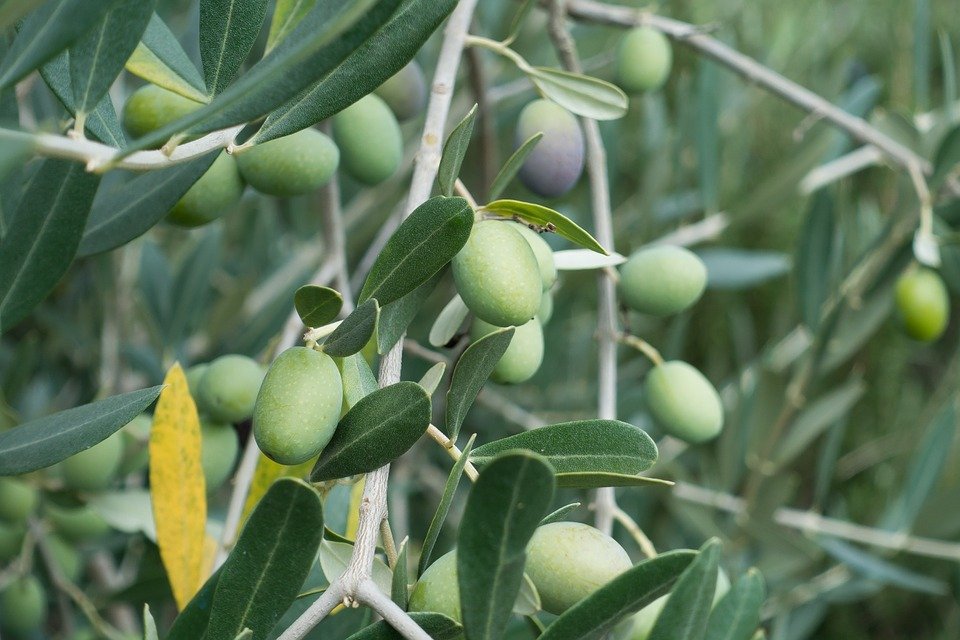
Winterising olive trees
Care and wintering of the olive tree The olive tree has become a popular tree in Denmark, where many enjoy the beautiful evergreen tree in pots on the terrace. The olive tree, Olea Europaea, is characterised by

Growing guides for plants
Growing plants requires some basic elements. First and foremost, light is essential as plants need light to perform photosynthesis. If there is not enough natural light available, it may be necessary to supplement with grow lights. In addition, there must be sufficient water and it's important to choose the right type of soil for the plants in question. It's also a good idea to fertilise plants regularly, as they don't get the nutrients from the soil like outdoor plants. Ventilation is also important to avoid mould and fungus. When it comes to light requirements, it depends on the specific plant. Some plants need more light than others, while others can thrive with less light. In general, however, it's a good idea to place plants near a window with good light or to supplement with grow lights to ensure they get the necessary amount of light.
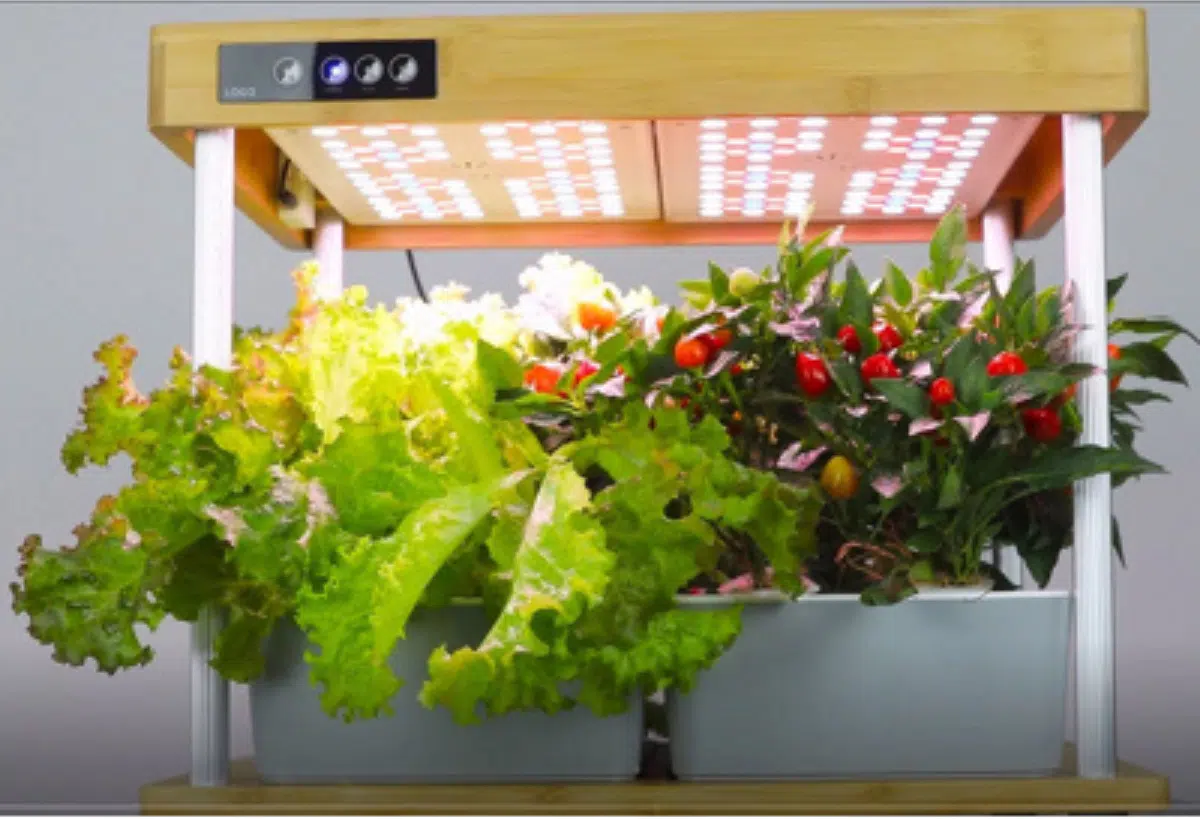
Indoor planter - Create a green and vibrant environment
Indoor planter box | Create a green and vibrant environment Do you want to increase efficiency and concentration levels? Do you want to create life in your home or office?
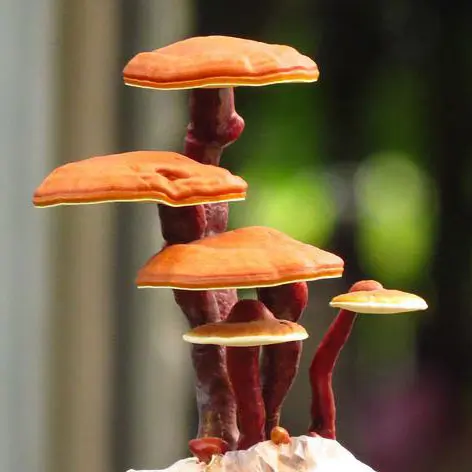
Svampe: Hvor meget lys skal de have for at vokse?
Mycelium requires a certain level of light to develop mature fruiting bodies. While some growers prefer to use LED lights in 12-hour intervals, others believe
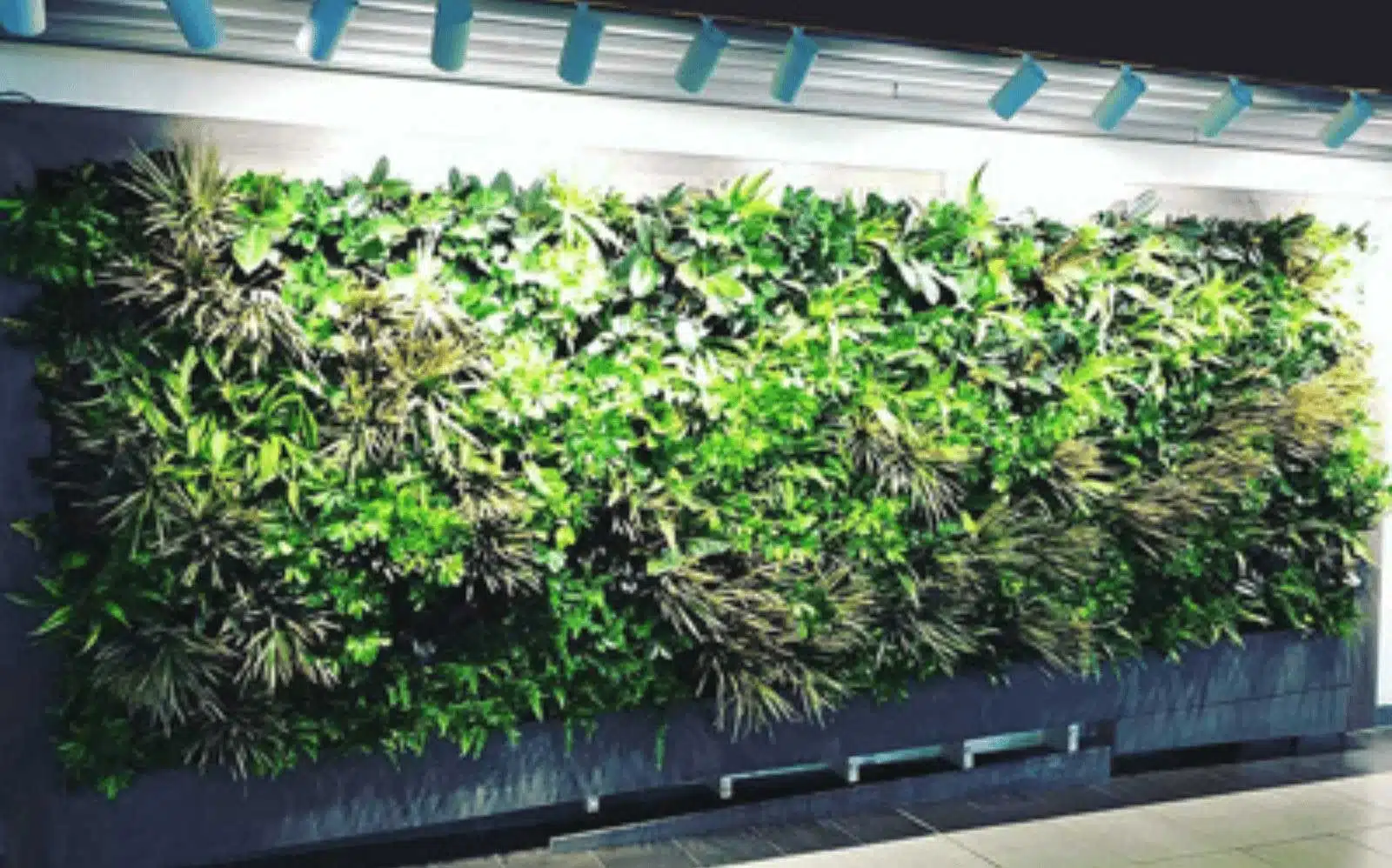
Make your own DIY plant wall with lights | 5 tips
Creating your own DIY plant wall with lights can add a breath of fresh air to any room, while giving your green friends the
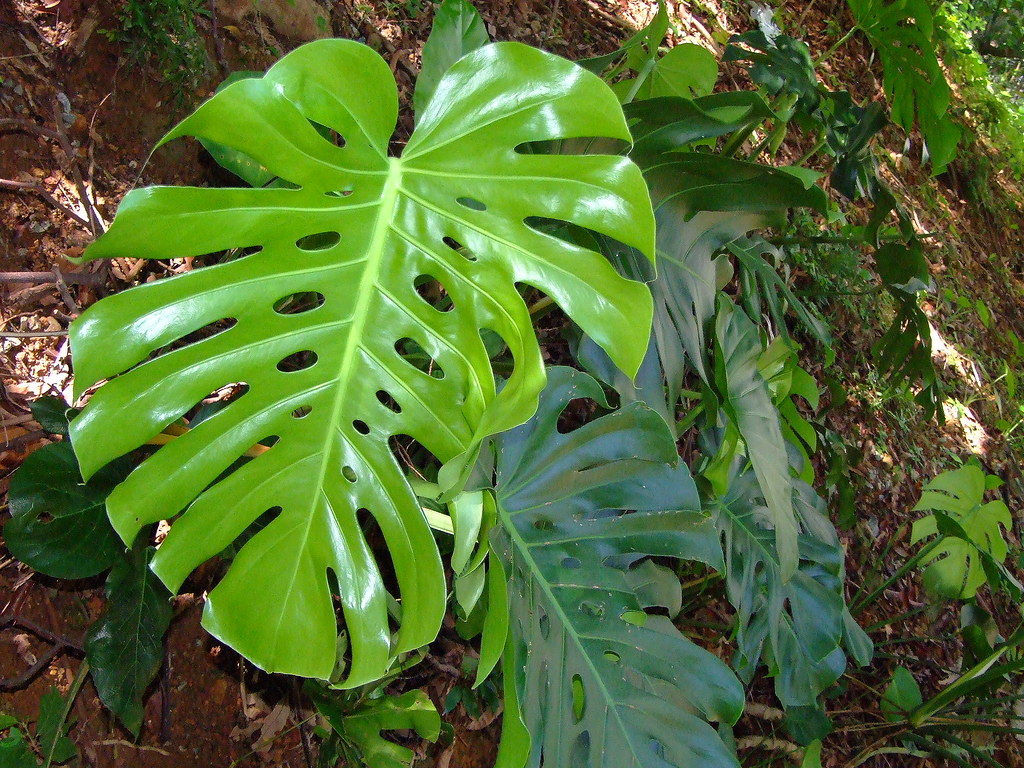
Caring for Monstera (Finger Philodendron): Everything you need to know
Monstera, also known as the finger philodendron. It's a popular houseplant that can add a touch of tropical beauty to any home. With its distinctive large,
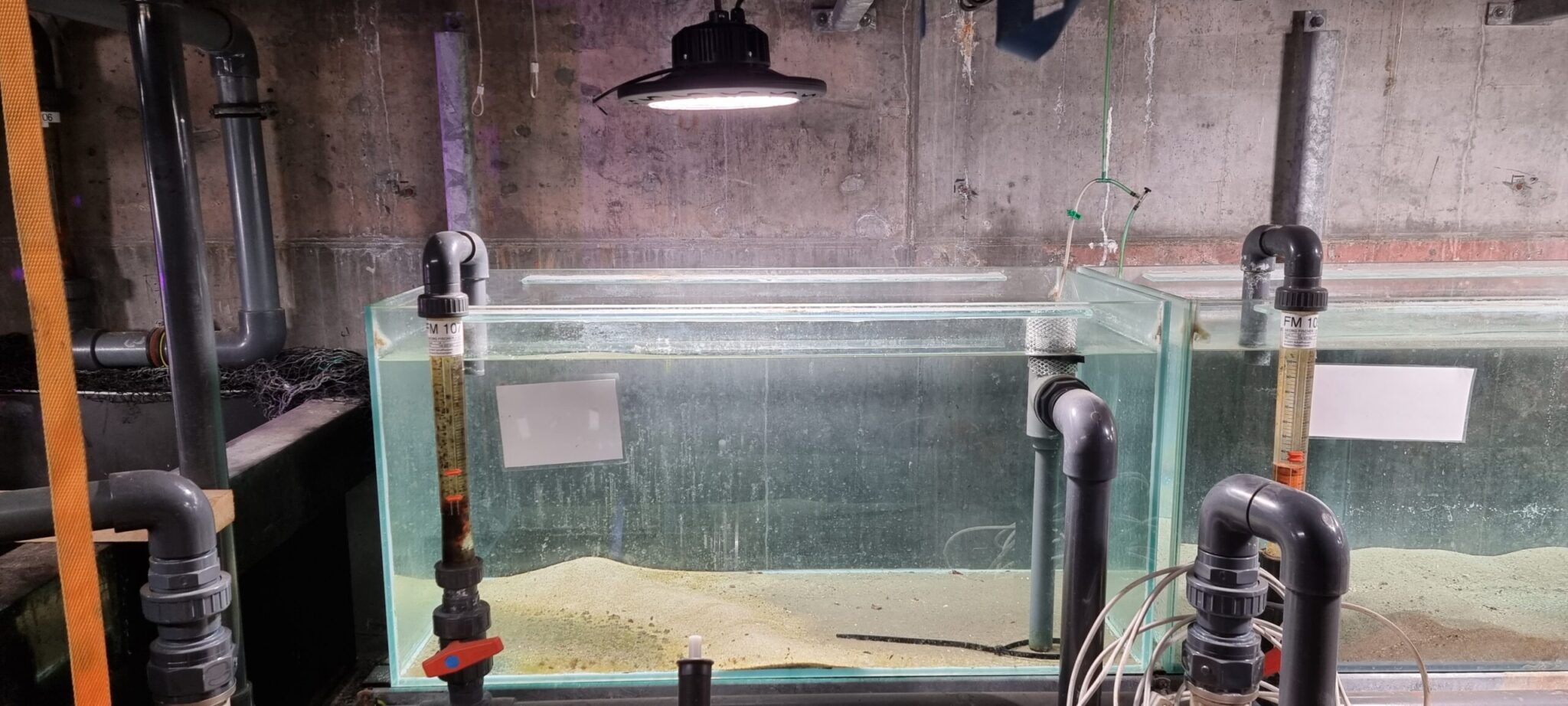
Bring your aquarium to life with LED grow lights | Aquarium Lights
Aquarium lighting is one of the most important parts of an aquarium, right after the water and the aquarium itself. The light maintains plant growth and keeps the aquarium healthy at the same time.
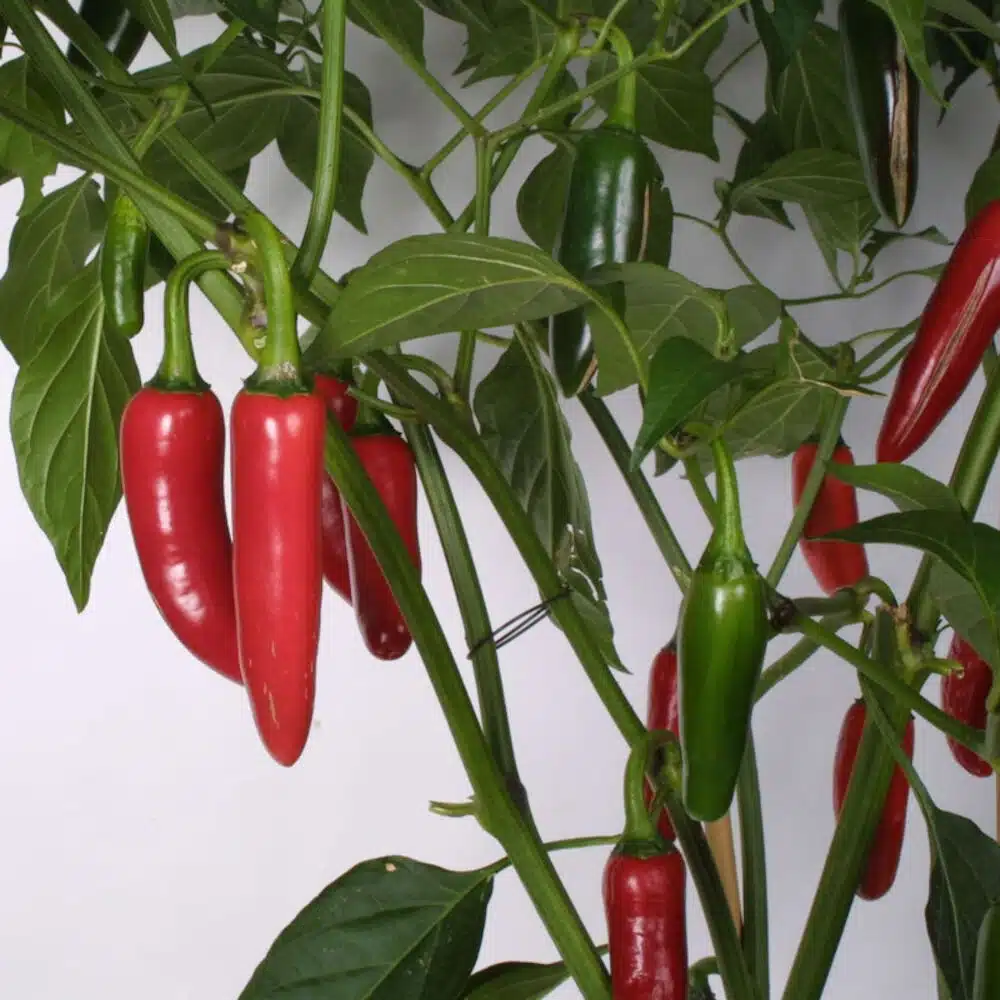
Growing chilli plants with LED grow lights
Are you interested in optimising the growth of your chilli plants? With LED grow lights you can create the perfect conditions for your plants, no matter the season. This
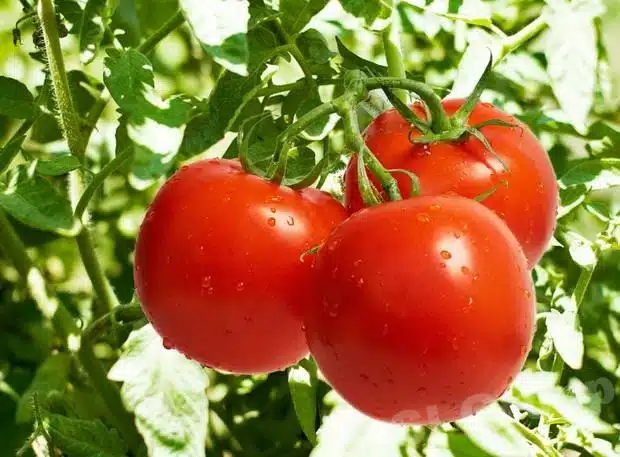
Grow tomatoes indoors with LED grow lights
Growing tomatoes indoors can be a great way to enjoy fresh tomatoes all year round, regardless of the climate outside. This guide is designed to help
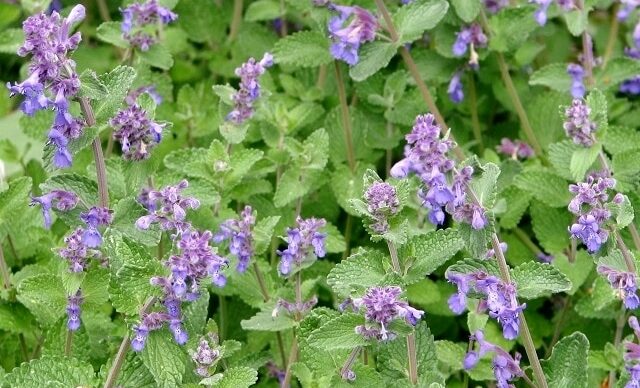
The cat owner's garden: Grow catnip and create a cat-friendly oasis
Catnip (Nepeta) is a popular and easy-to-grow perennial known for its small blue flowers and ability to attract insects, such as
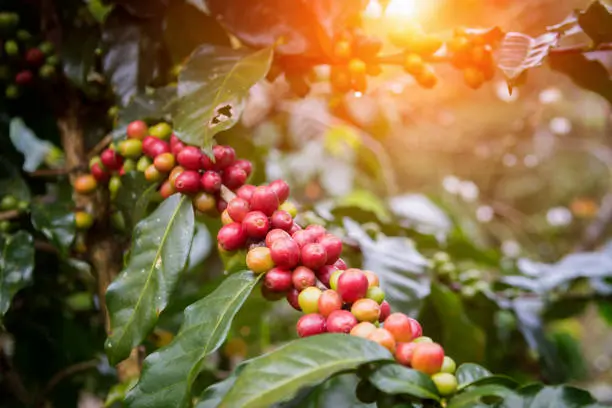
Coffee plant | How to grow a coffee tree in your living room
The coffee tree, Coffea arabica, is also known as the coffee plant. It originates from the southern parts of the African contingent, as well as the tropical areas of Asia.
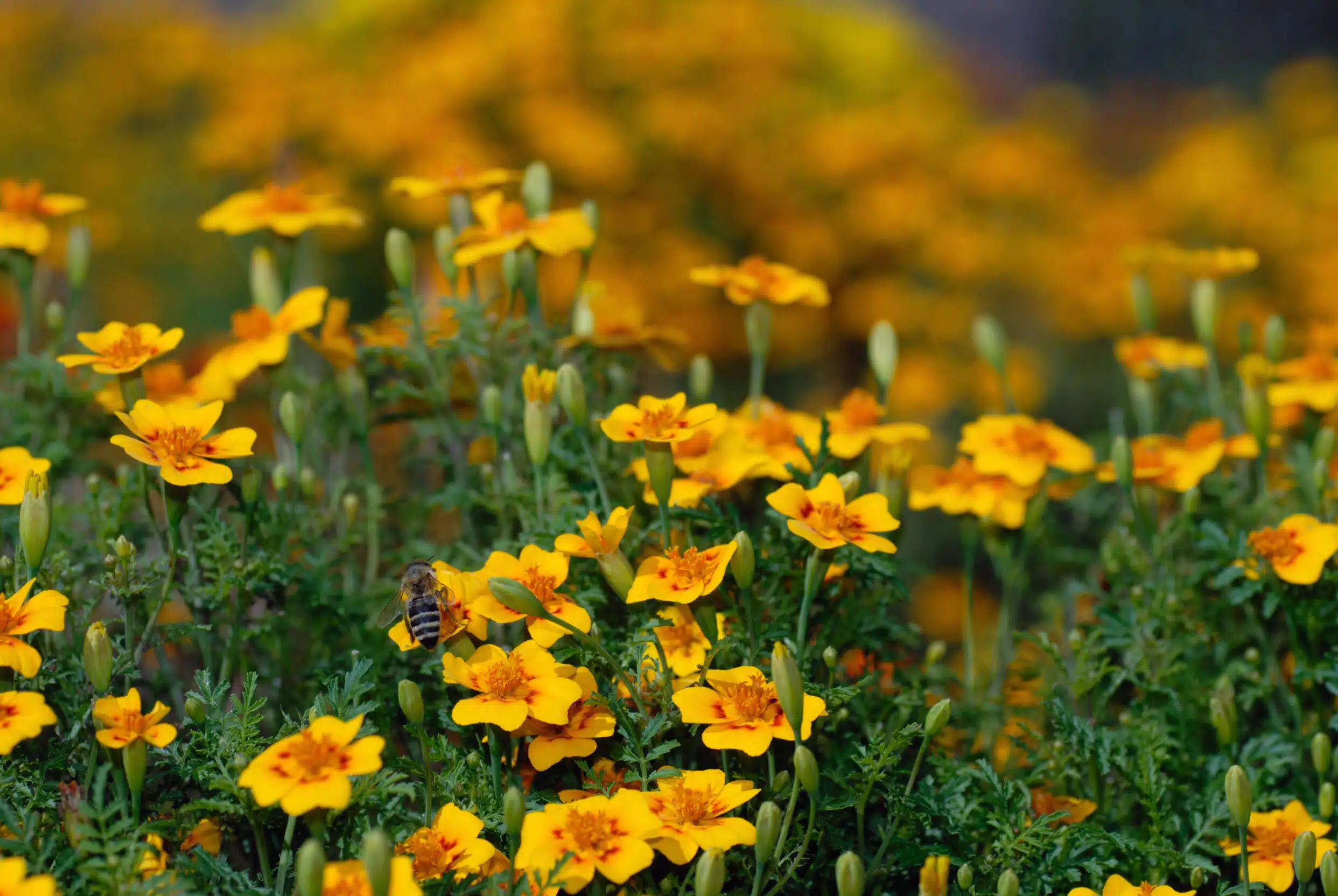
Tagetes – Nem Blomst at Dyrke
Tagetes er også kendt, som fløjlsblomst. Det er en nem blomst at dyrke og kræver minimal pasning. Det er ikke svært at dyrke dem, da

Grow your own healthy turmeric: 7 easy steps to harvest
Want to eat healthier and try something new? Turmeric is not just a bold spice that adds colour and flavour to food, but it's
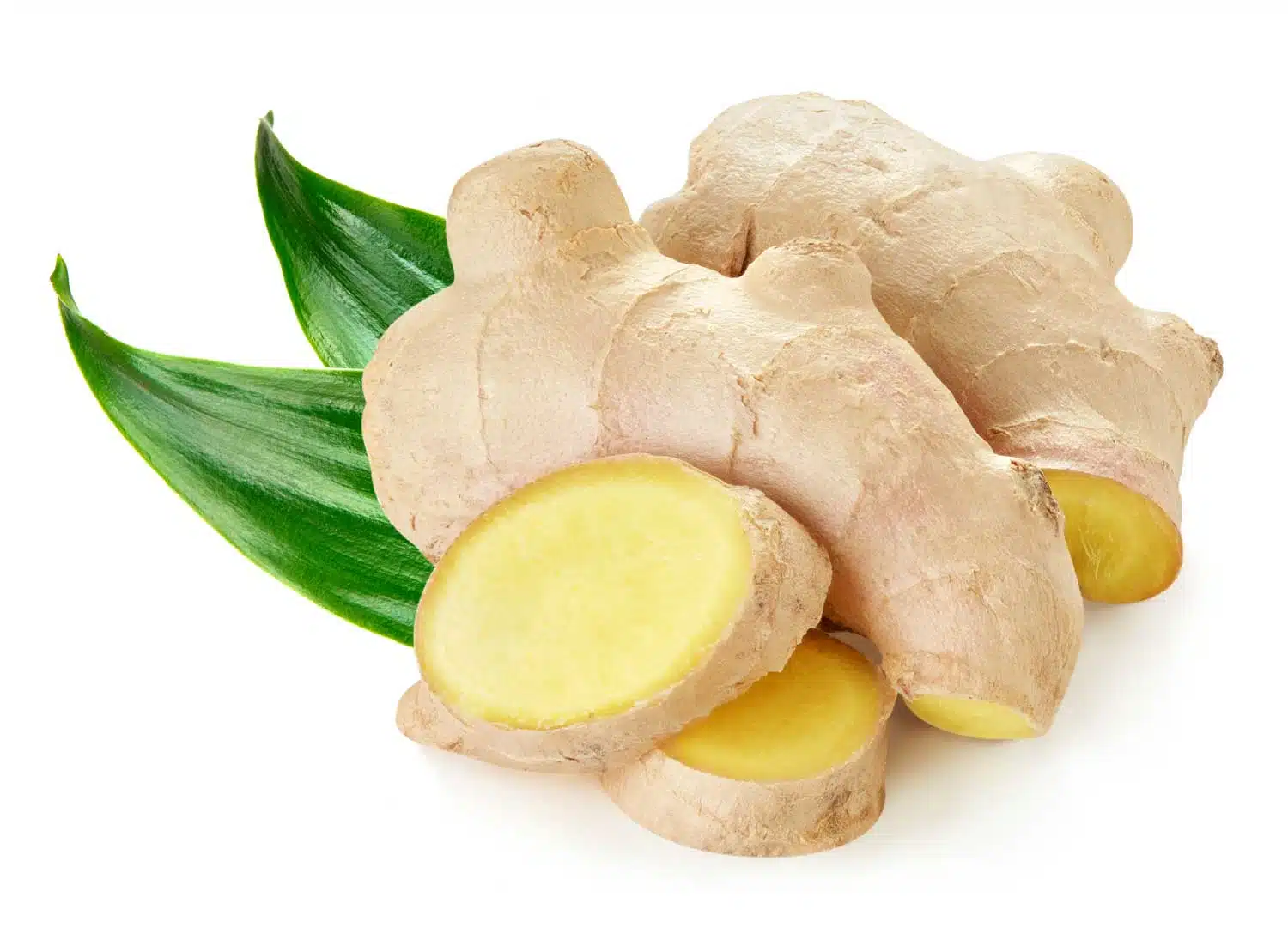
Grow ginger successfully: A step-by-step guide
Growing ginger at home is a fun and rewarding activity. Ginger is a perennial plant that thrives in a warm, humid climate. If you
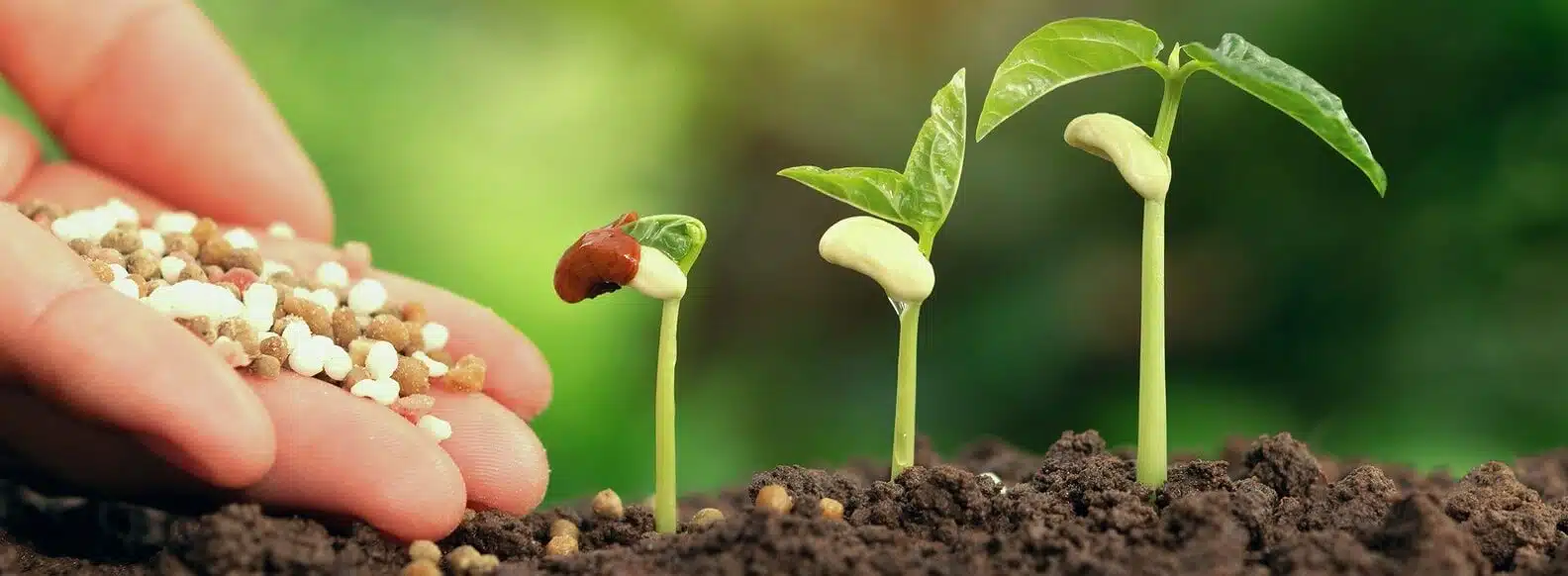
Fertilisers and fertilisers
To pre-germinate and grow plants, different growing media and fertilisers are required. For seeds that need to germinate indoors, coconut fibre or seed soil can be suitable germination media. Heating mats and grow lights can also be used to provide the necessary conditions for germination. Once the plants have germinated, they can be transplanted into larger pots with suitable potting soil that is rich in nutrients and has good drainage.
Fertiliser is also essential for healthy plant growth. Organic fertilisers, such as compost or worm castings, can be added to the soil to provide nutrients and improve soil structure. There are also different types of fertilisers that can be used to supplement plants. It's important to choose an appropriate type depending on the plant's needs and growth phase.
In general, it's important to monitor the plant's growth and adjust the amount of fertiliser and water as needed. An adequate amount of light and heat is also important to ensure plants thrive indoors.
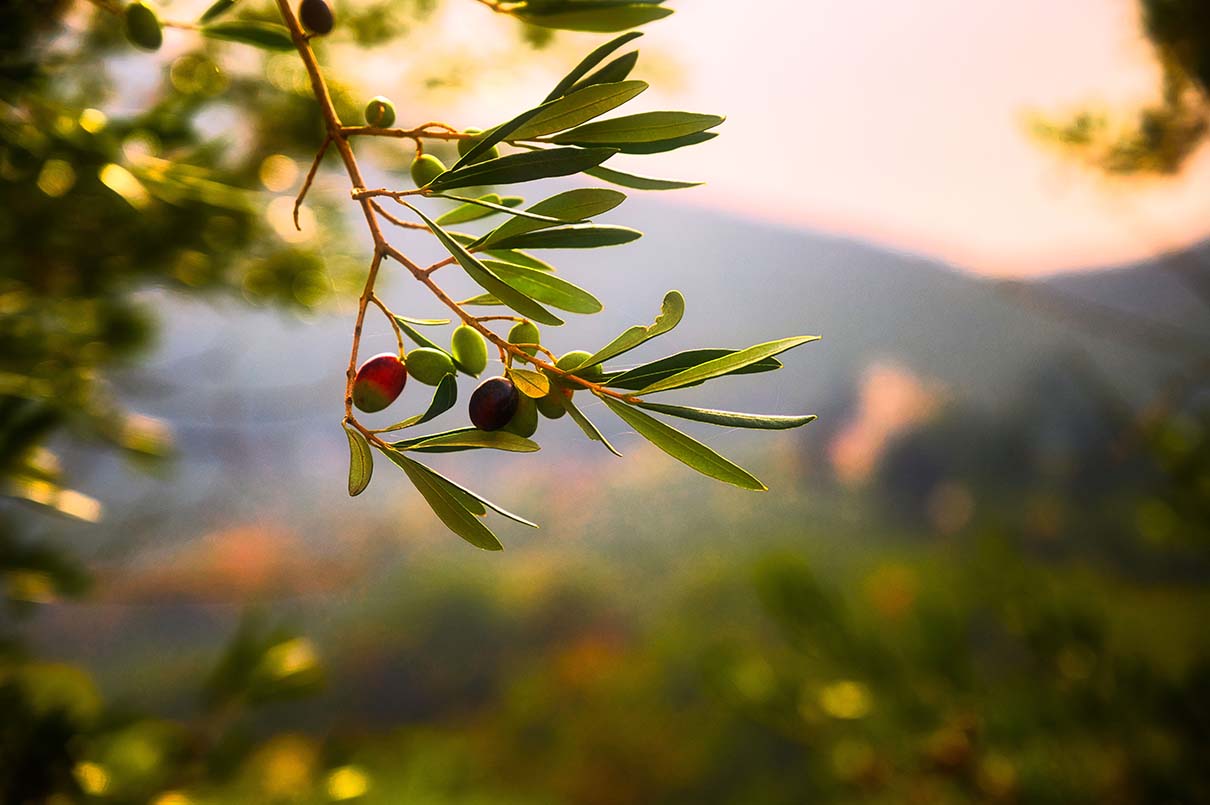
Olive tree fertiliser - The best on the market
Olive trees are not only a beautiful addition to any garden, but they also offer a bountiful harvest of tasty olive fruit. To ensure that your

Big Plant Science - learn more about liquid fertilisers
Are you a passionate plant grower searching for the best way to achieve impressive and full flower spikes? Then look no further. BiG Plant
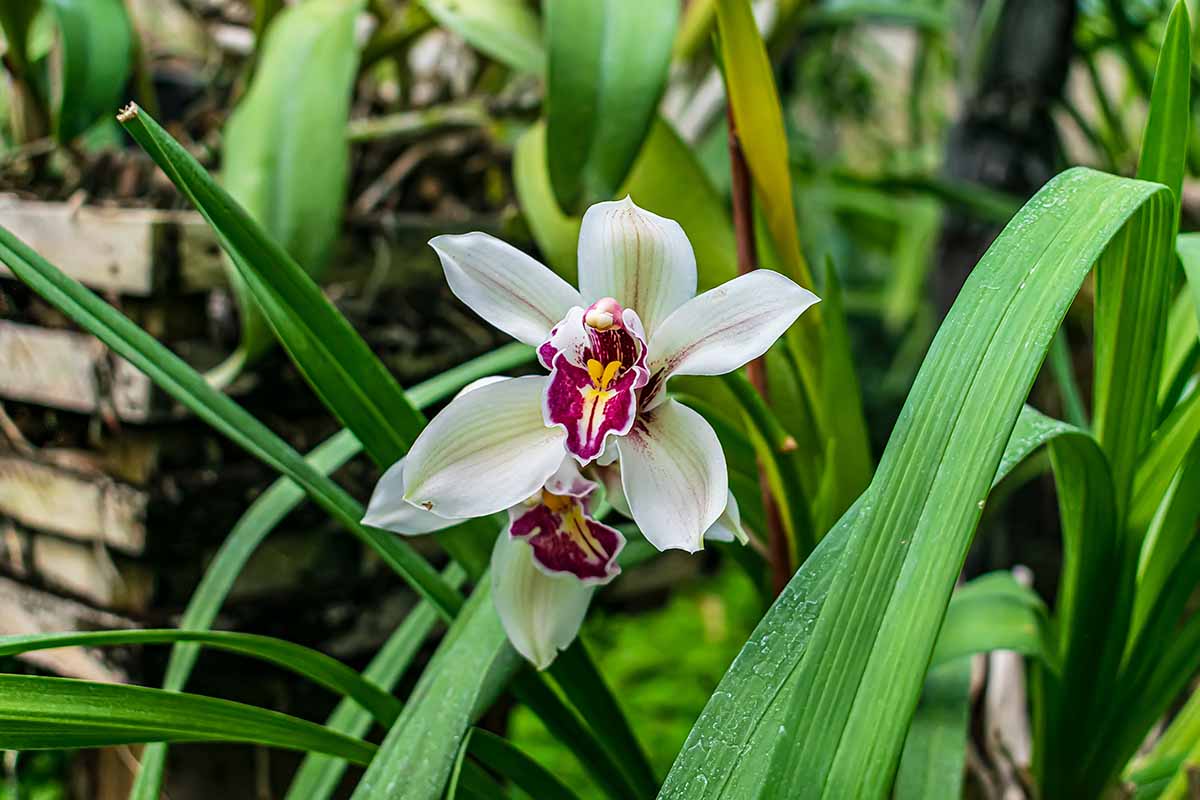
Bladgødning: Sådan Gøder Du Korrekt
Foliar fertiliser is a great alternative to your traditional fertiliser, it's a method often used by plants that are not usually the best
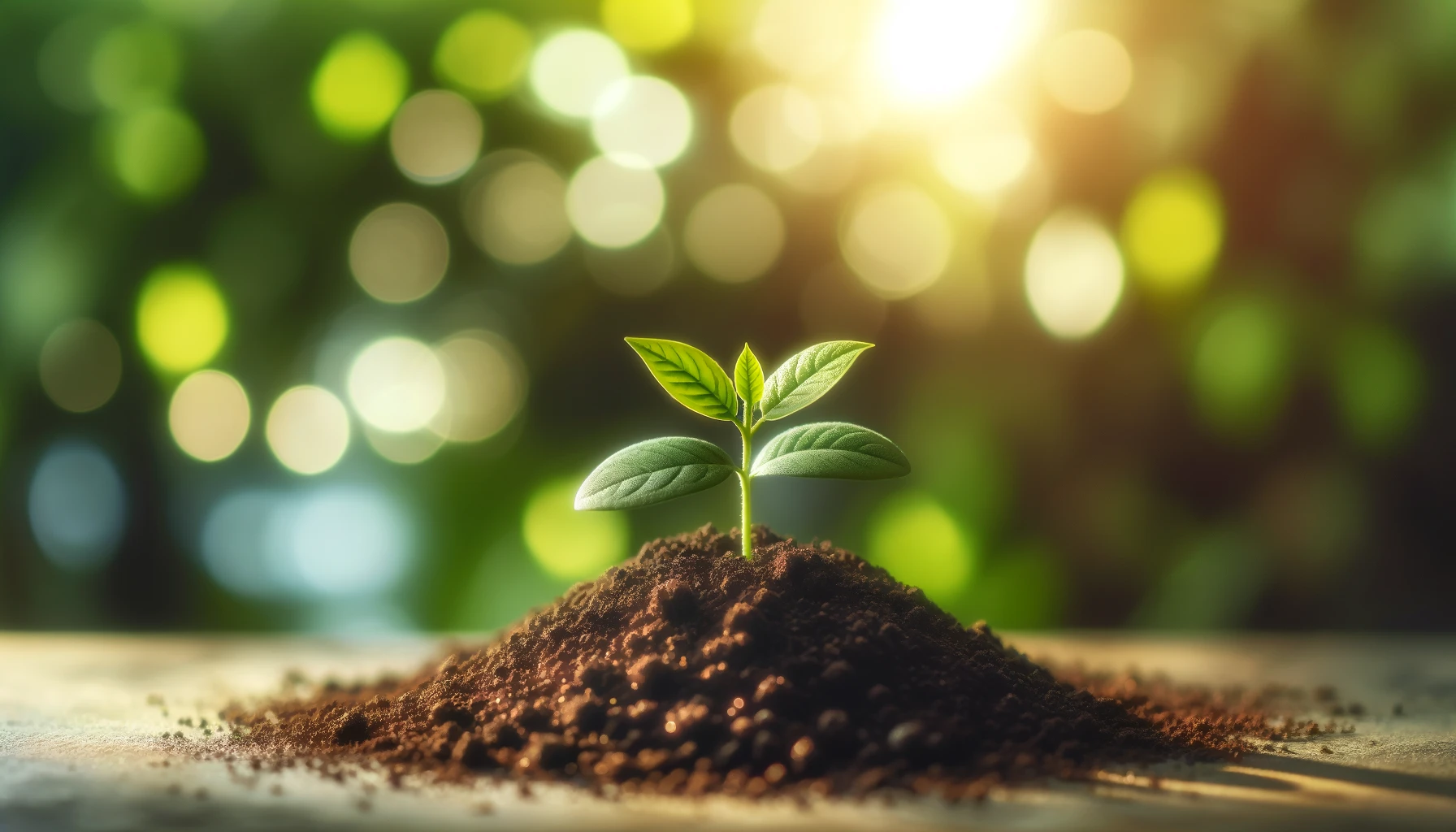
PH Value
What is pH value? As interest in being self-sufficient and promoting sustainable plant cultivation grows among hobbyists and professionals alike, the
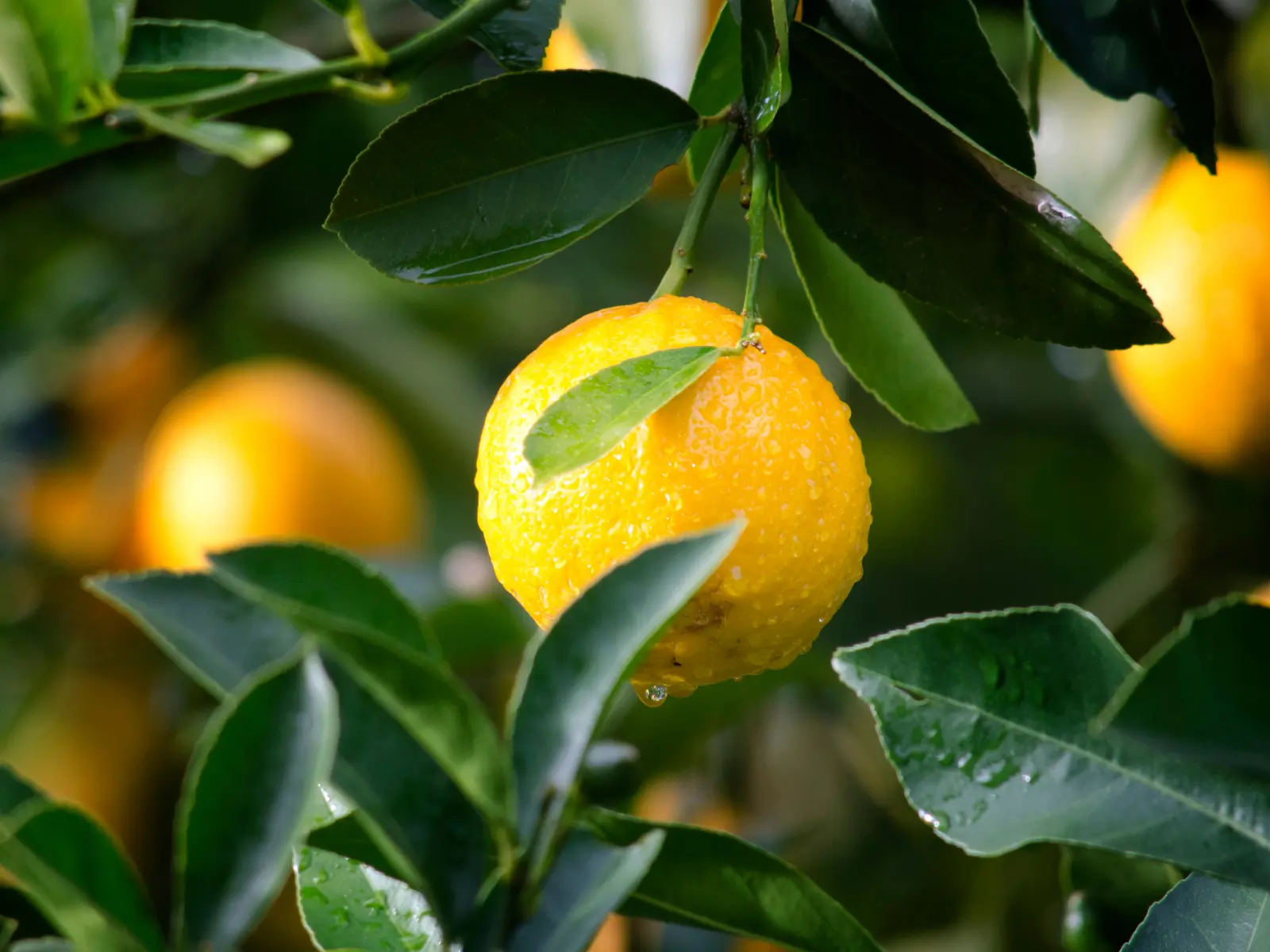
Citrus Fertiliser is Best for Citrus Trees
If you are a proud owner of citrus plants, you probably already know how wonderful these plants can be. To ensure your citrus plants grow

Orkide Gødning: Hvilken en skal man bruge
Orchids are a beauty among plants with their delicate flowers and unique charm. To achieve the most luxuriant growth and amazing flowering these require
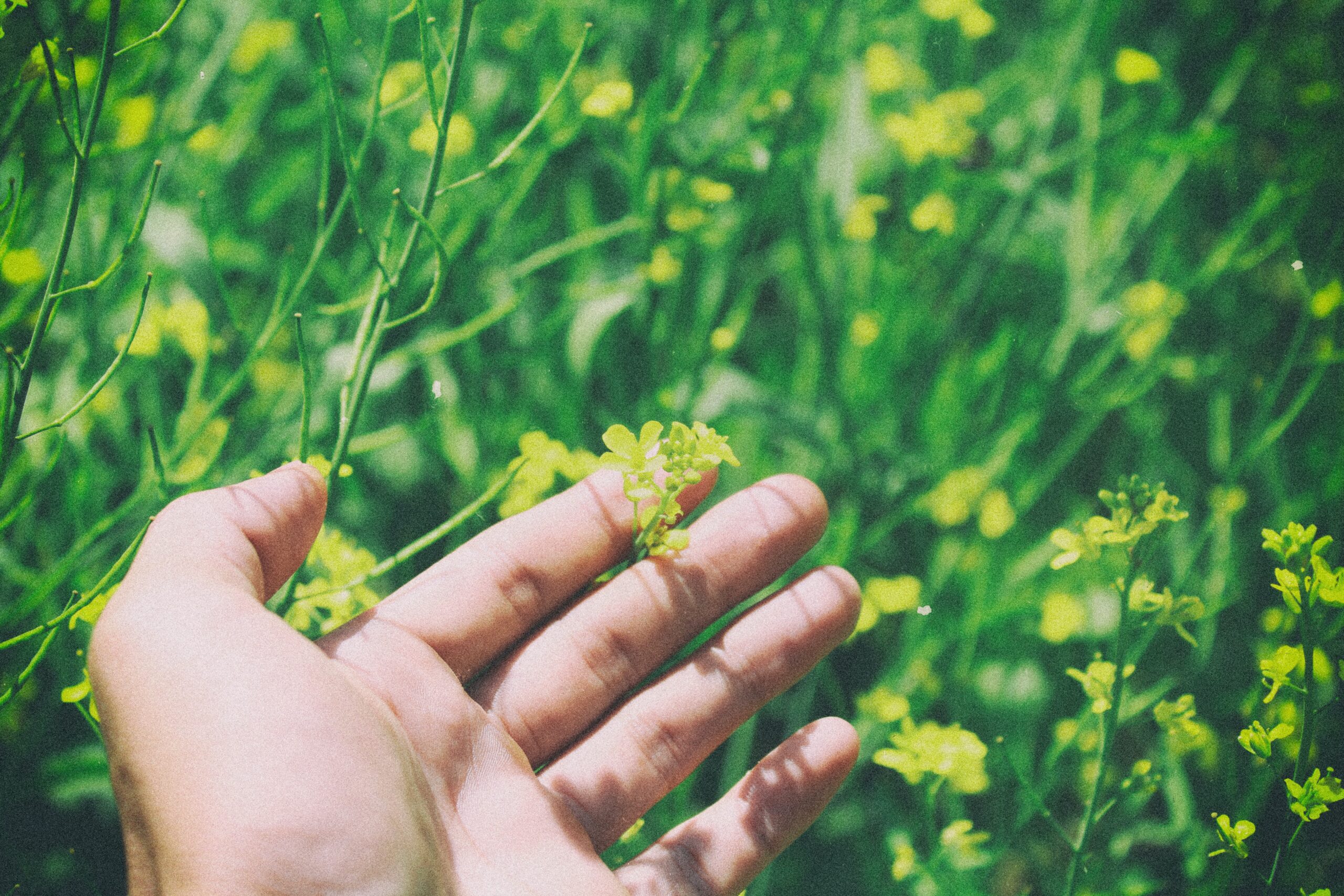
Liquid Fertiliser - A Complete Guide
Liquid fertilizer refers to a form of fertilizer in which the nutrients necessary for plants to grow and thrive are dissolved in a liquid. From
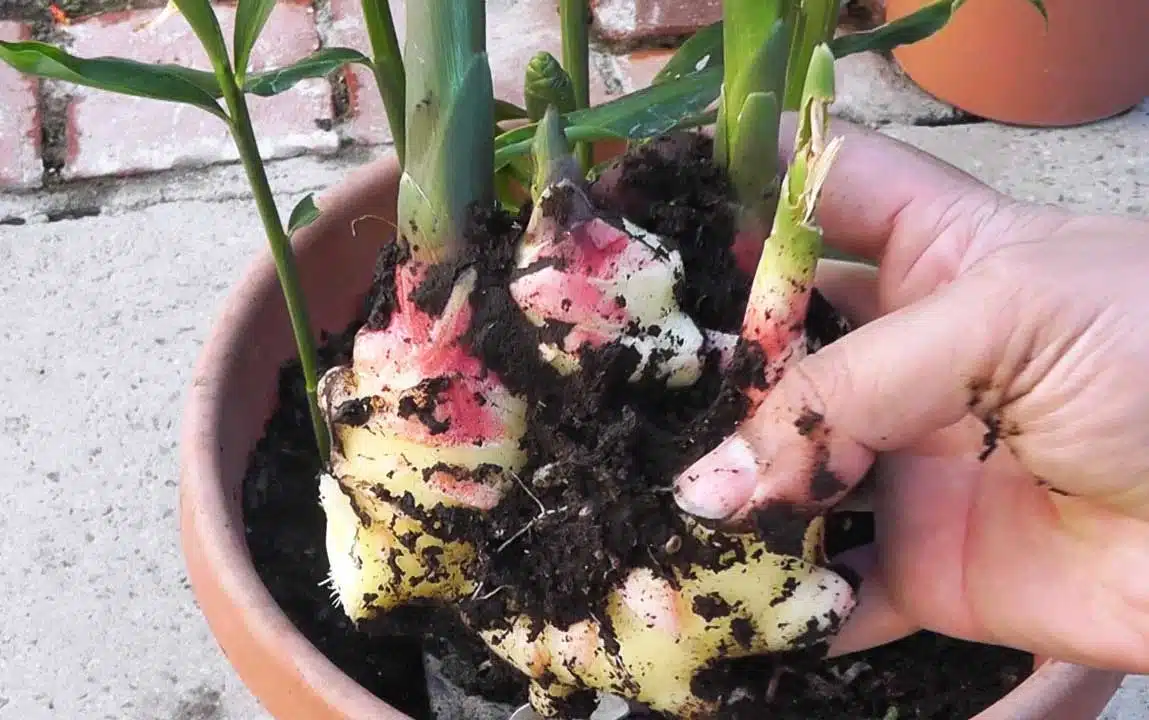
Liquid Seaweed Fertiliser - How to use it
Flying seaweed fertilizer refers to a type of plant fertilizer that is made by extracting nutrients and beneficial compounds from seaweed and algae. This guide will

Palm Fertiliser: Important Steps for Optimal Growth
Palm plants require a fertiliser that contains exactly the right nutrients for successful growth. In 2023, it's more crucial than ever to

Root Booster: Hvad Er Det?
Welcome to “Optimizing Plant Growth: An In-Depth Guide to Using Root Booster.” Whether you are a novice gardener or an experienced plant enthusiast,
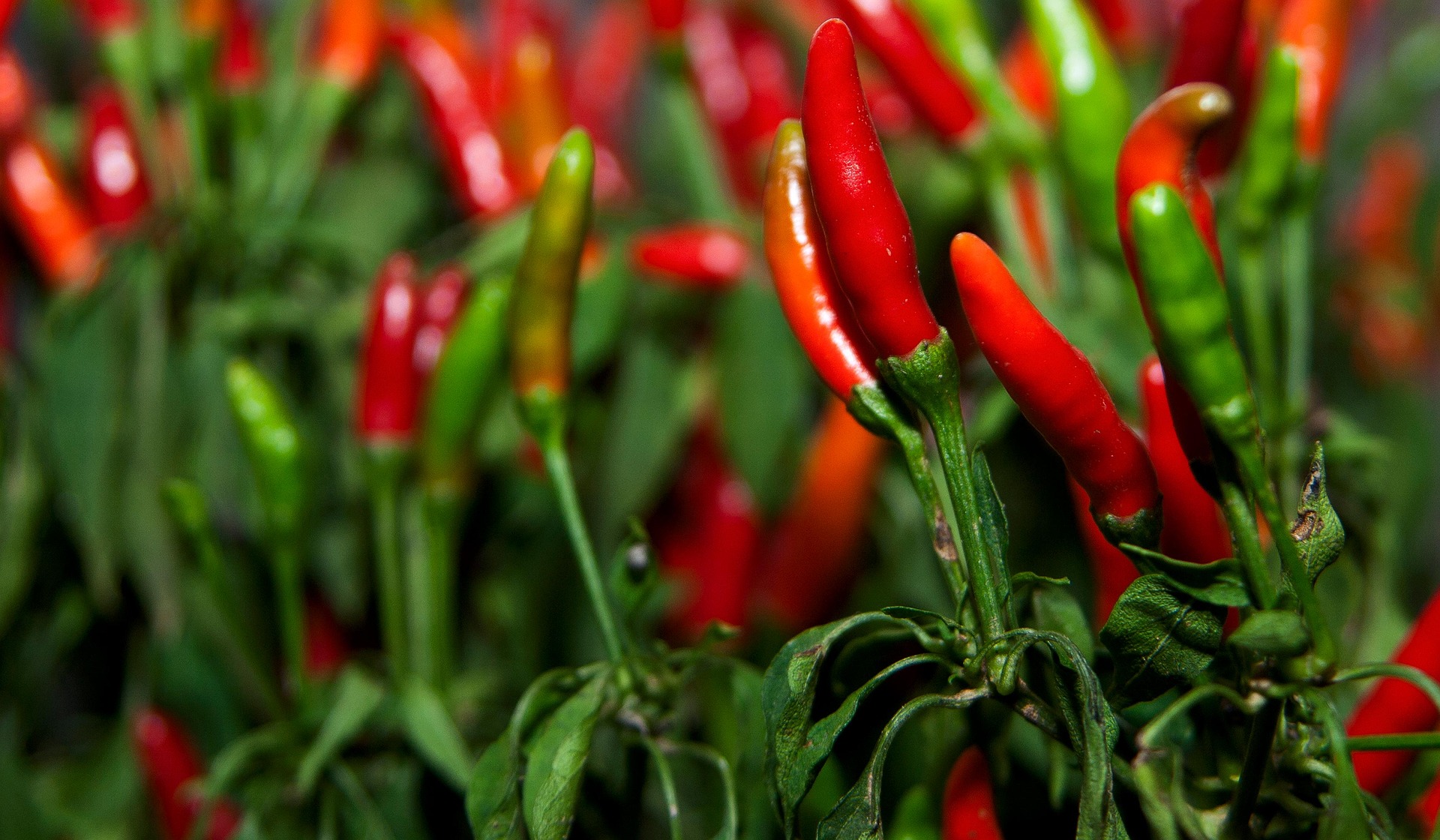
Chilli Fertiliser - Everything you need to know
If you are a passionate chili grower, you probably know how important it is to give your chili plants the right amount of nutrition. Chili fertilizer is the cornerstone
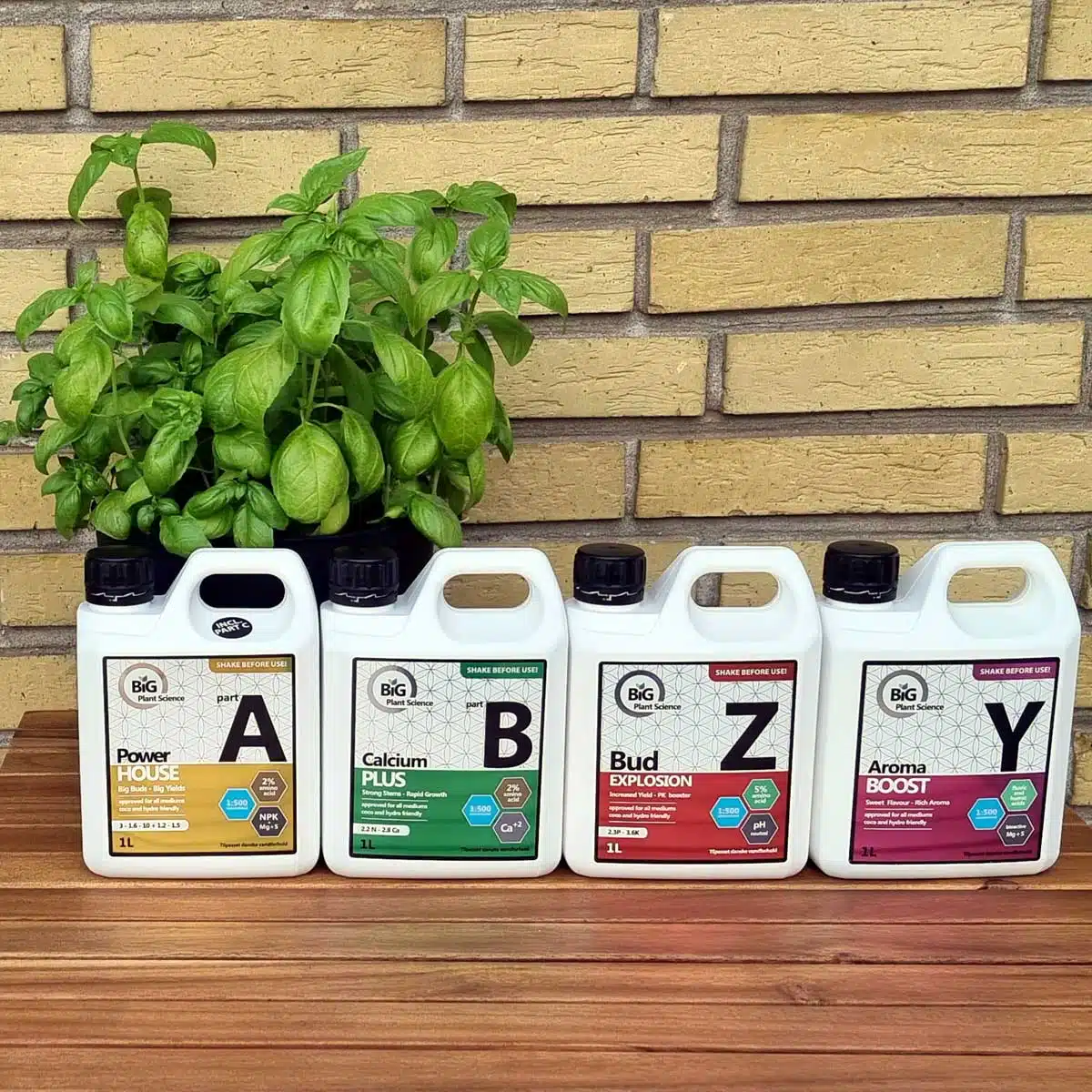
Liquid fertilizer – Easy and effective: Everything you need to know
Liquid fertilizer is a popular method of giving the plants the necessary nutrition. It is easy to use and gives quick results. But how to choose
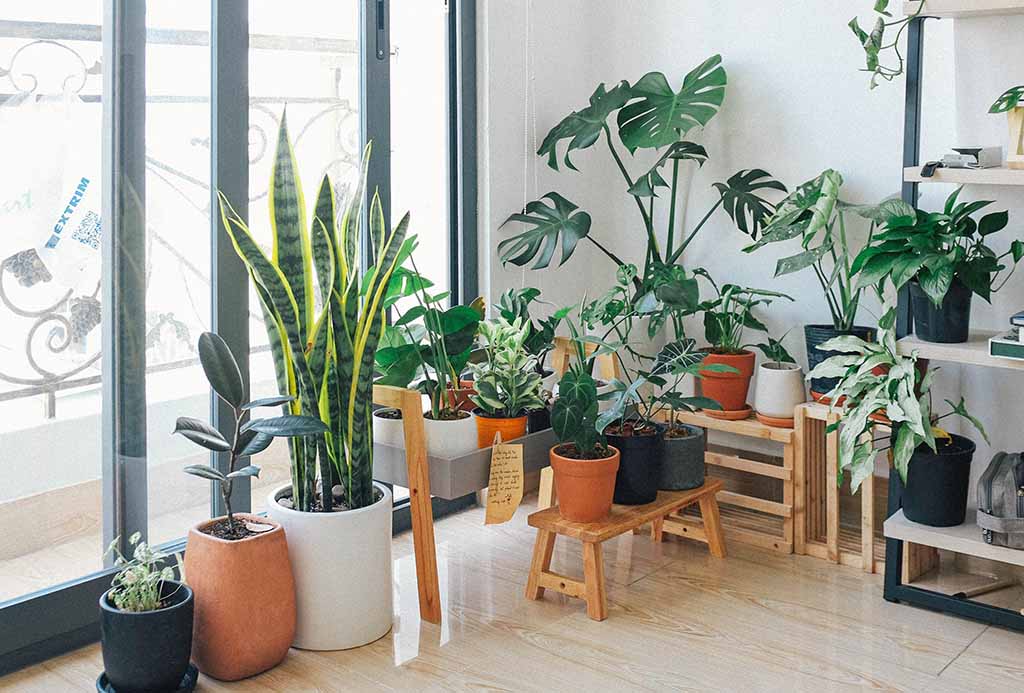
Houseplant fertiliser - Fertilise your plants correctly
Welcome to the Houseplant Fertiliser Guide: The key to lush indoor oases! Whether you're a seasoned plant enthusiast or just starting your green journey, the
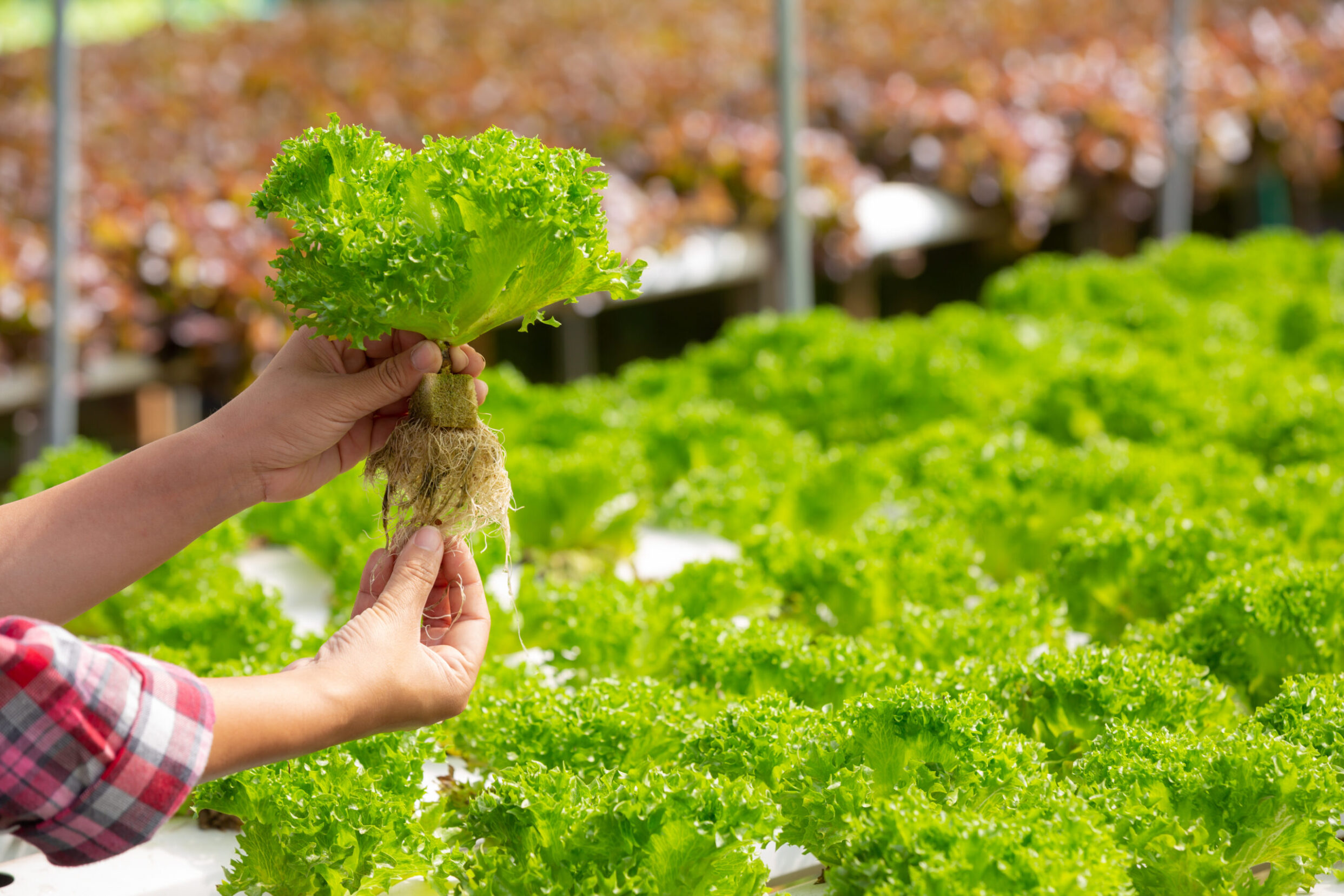
Become an expert in NPK Fertiliser
NPK fertiliser is a crucial factor in modern agriculture and gardening. This type of fertiliser consists of three key nutrients: Nitrogen (N), Phosphorus (P) and

Learn more about Growth Technology
Growth Technology has been a leader in the development of innovative horticultural products since its founding in 1985. Since 1985, the company has focussed on developing
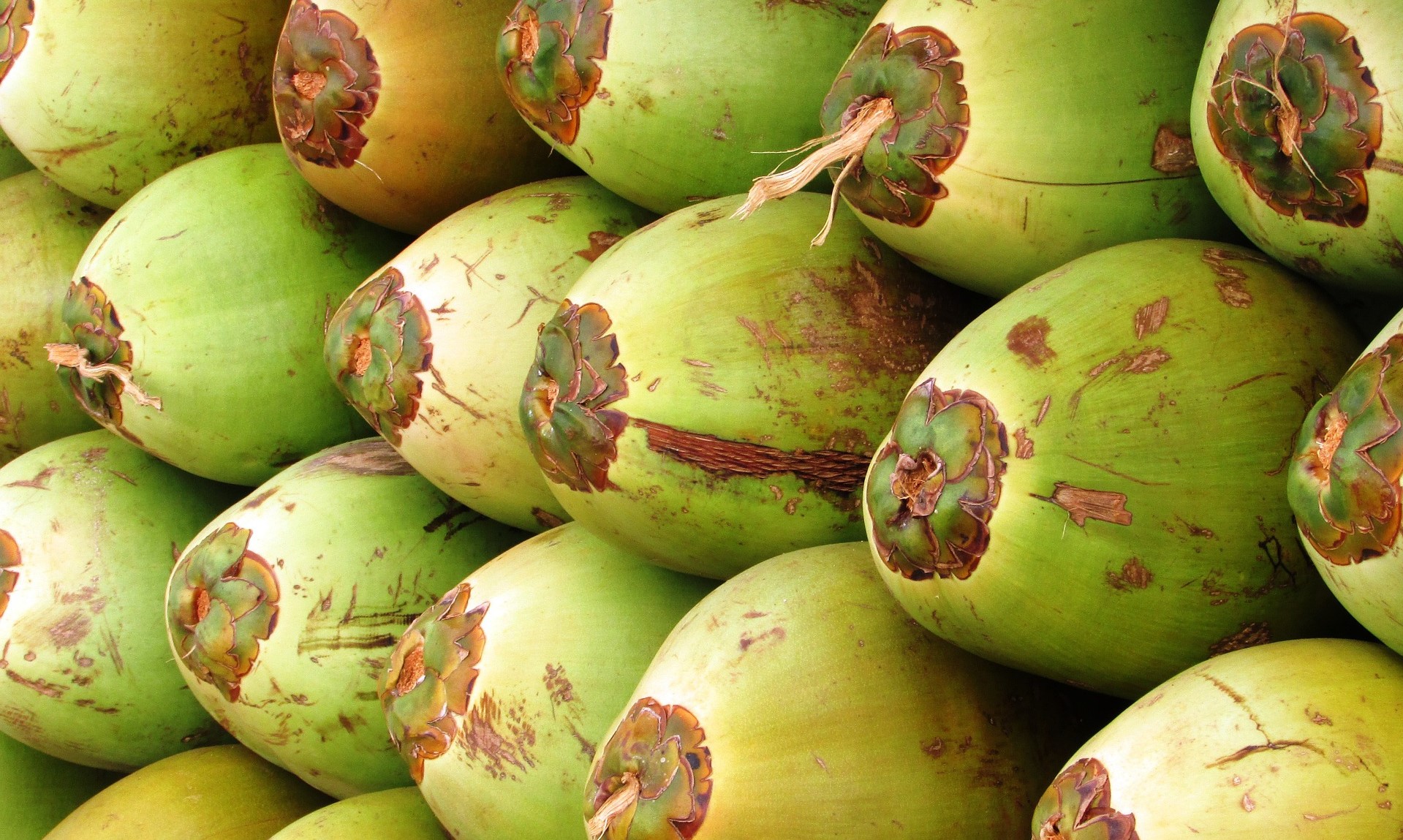
Coconut soil - advantages and disadvantages of growing in coconut fiber
What is coconut soil It might sound like a bit of a stupid question to ask what coconut soil is, but it's not at all. Coconut soil is not
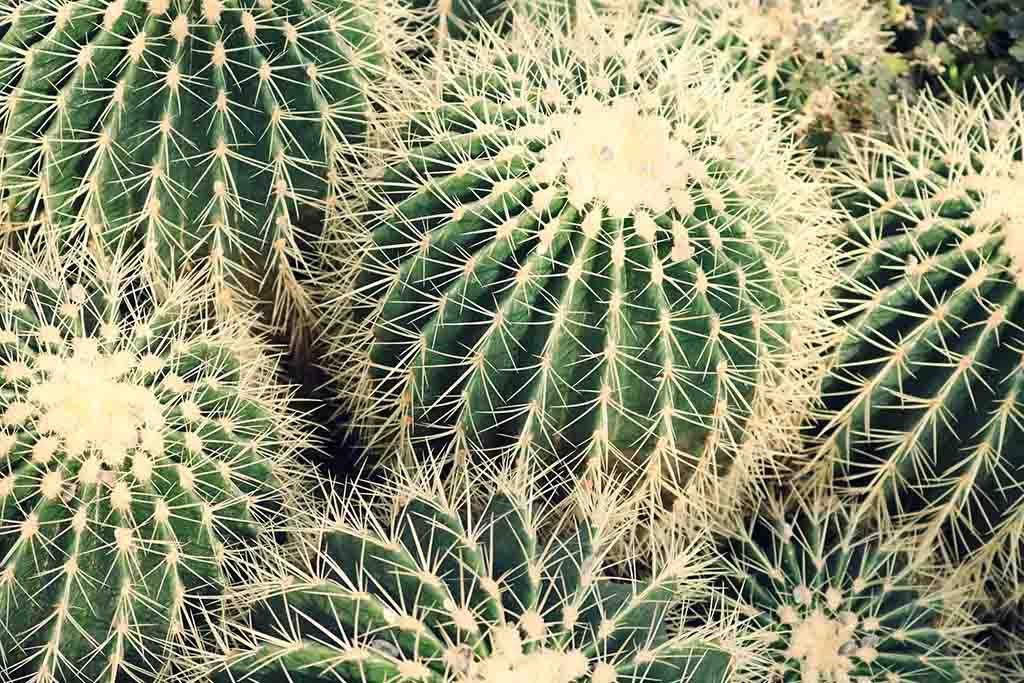
Cactus fertiliser - keep the colour in your cacti
For at sikre, at dine kaktusser trives og blomstrer, er det afgørende at forstå vigtigheden af kaktusgødning. Den rette ernæring kan gøre en væsentlig forskel.

Foliar nutrition against pests - Protect your plants
Welcome to our comprehensive guide on how to use foliar nutrition to combat pests and achieve healthier plants. Pests can be a nuisance for any garden enthusiast, but by
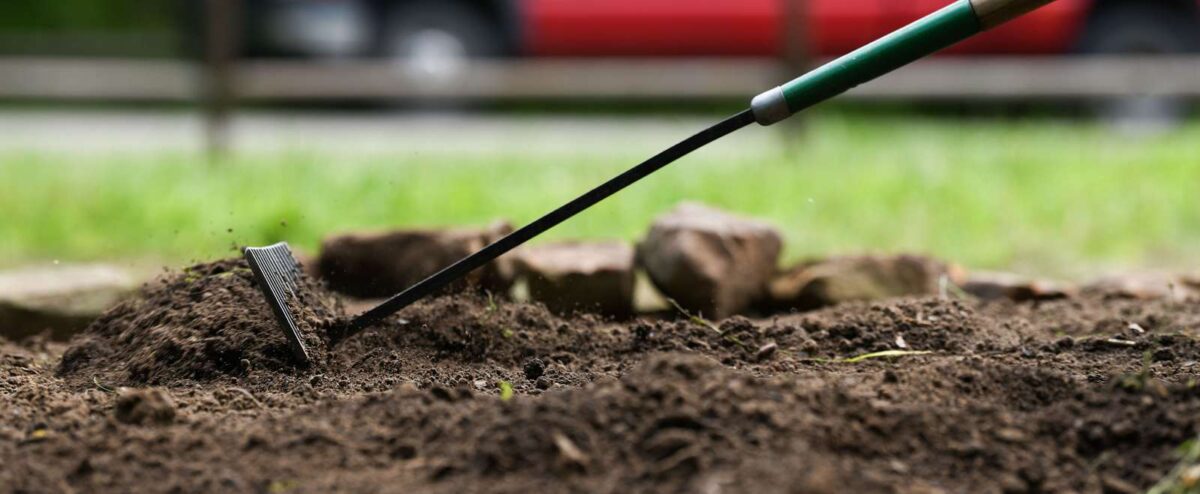
Your guide to the best fertiliser for plants
As we all know, fertiliser means material that is added to the soil with the aim of improving soil nutrient content and promoting plant growth. In this
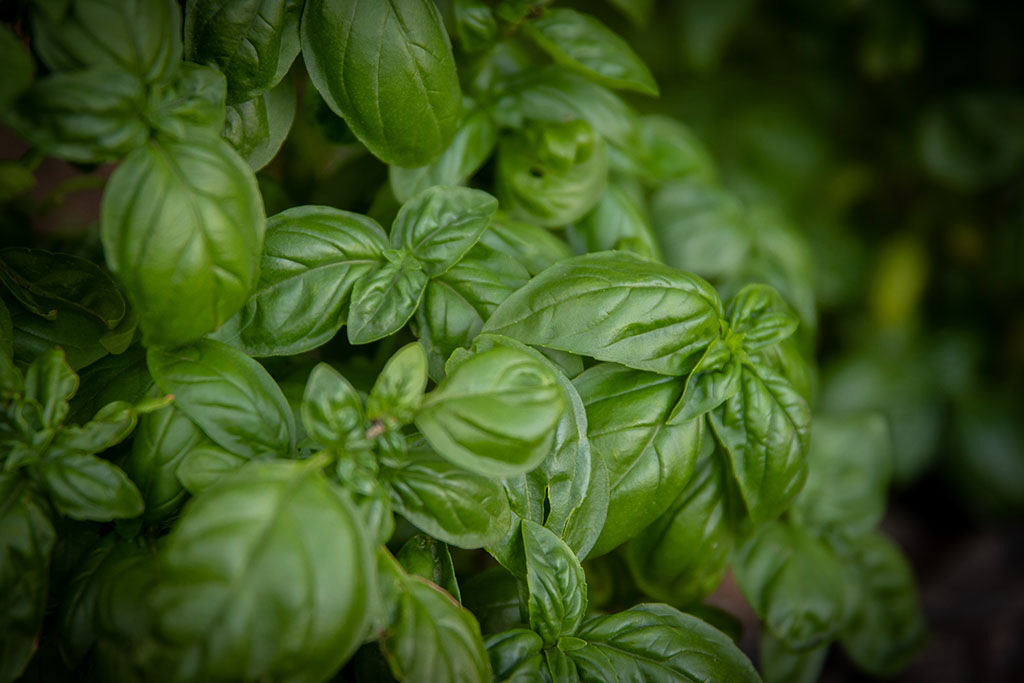
Herbal Fertiliser: Your Ultimate Guide
Herbal Fertilisers: Natural and sustainable fertilisers for plant growth and health In the quest for a more sustainable approach to horticulture and agriculture, herbal fertilisers have become

Product reviews (review)
Product reviews
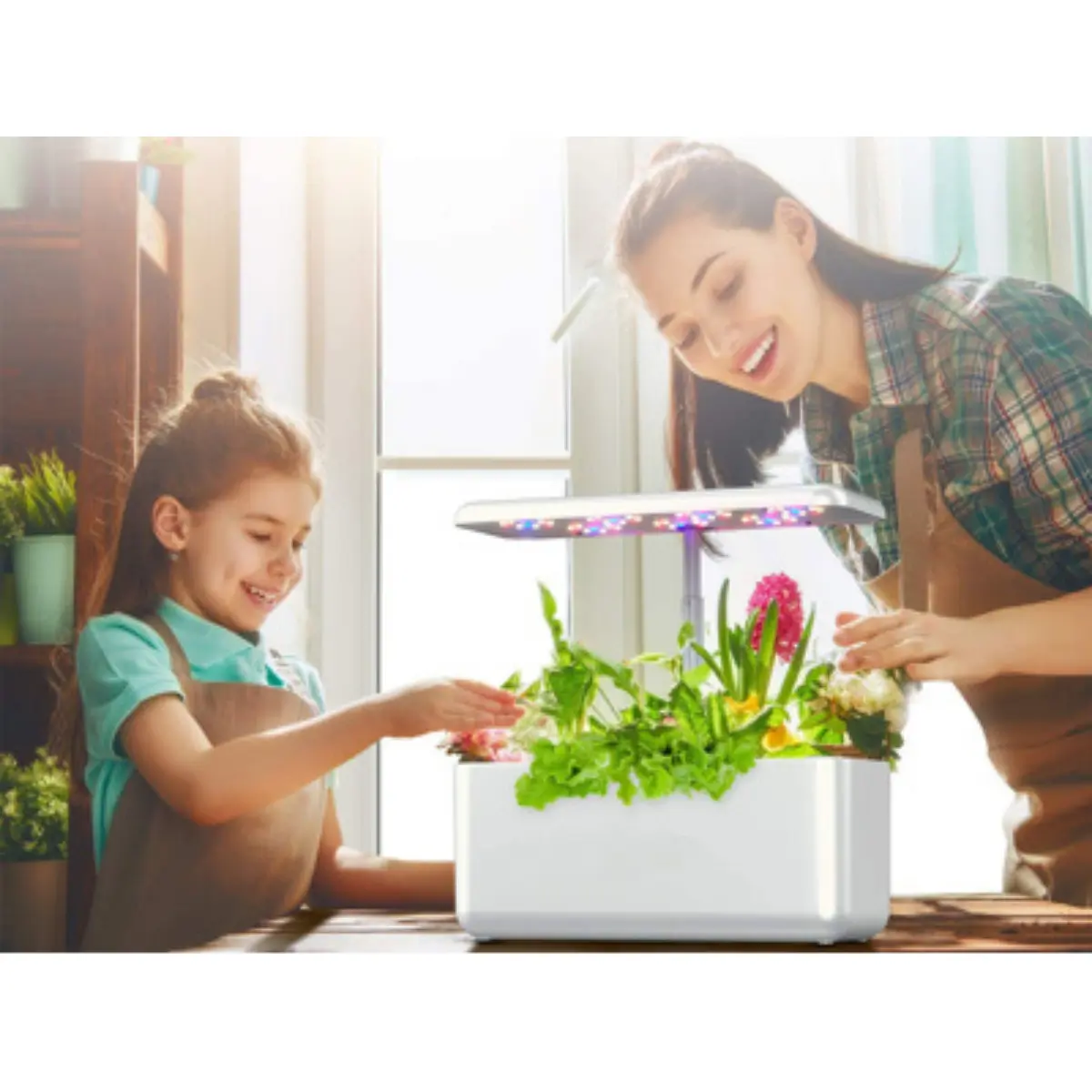
Smart Garden - An indoor kitchen garden
Smart Garden - indoor vegetable garden - is an innovative way to grow herbs, fruits and vegetables with minimal effort. A perfect solution for those who

The best grow light lamps
Finding the best grow light isn't easy. But why use grow lights? Maybe you want to realise your dream of becoming a

Moisture meter for soil and plants
What is a soil moisture meter? A soil and plant moisture meter can read and tell you exactly how your plants are doing and what they

LED Grow Light 40Watt - Lights for indoor gardening
Indoor growing with LED grow lights Even in the dark months of the year when gardening is characterised by cold, rain and frost, it is still
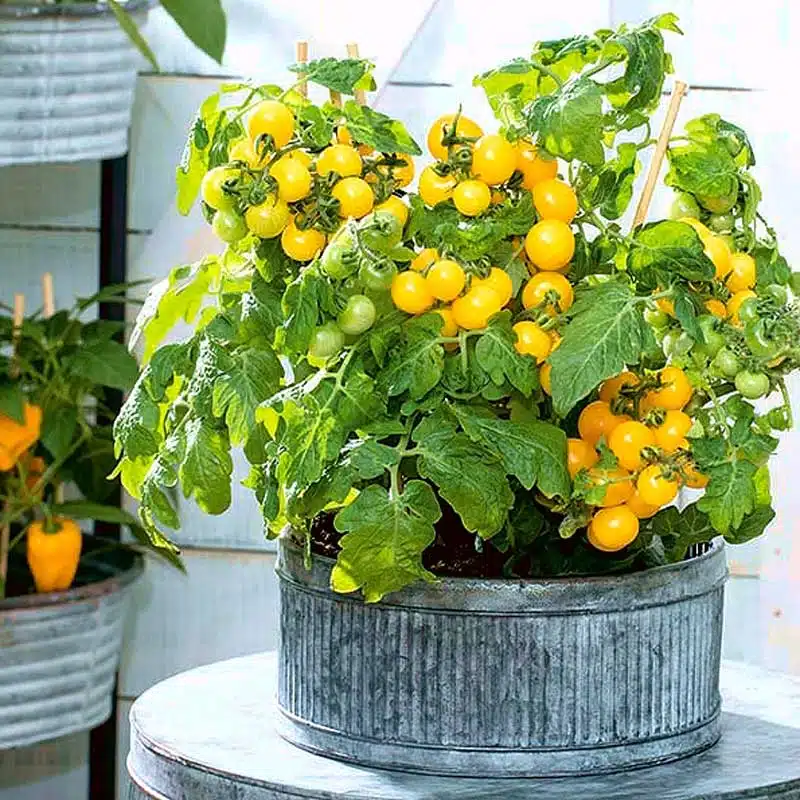
Buy plant equipment in Copenhagen
Buy Plant Accessories and Grow in Copenhagen If you're an enthusiastic gardener, an urban gardener or just someone who wants to bring a little green to your garden
